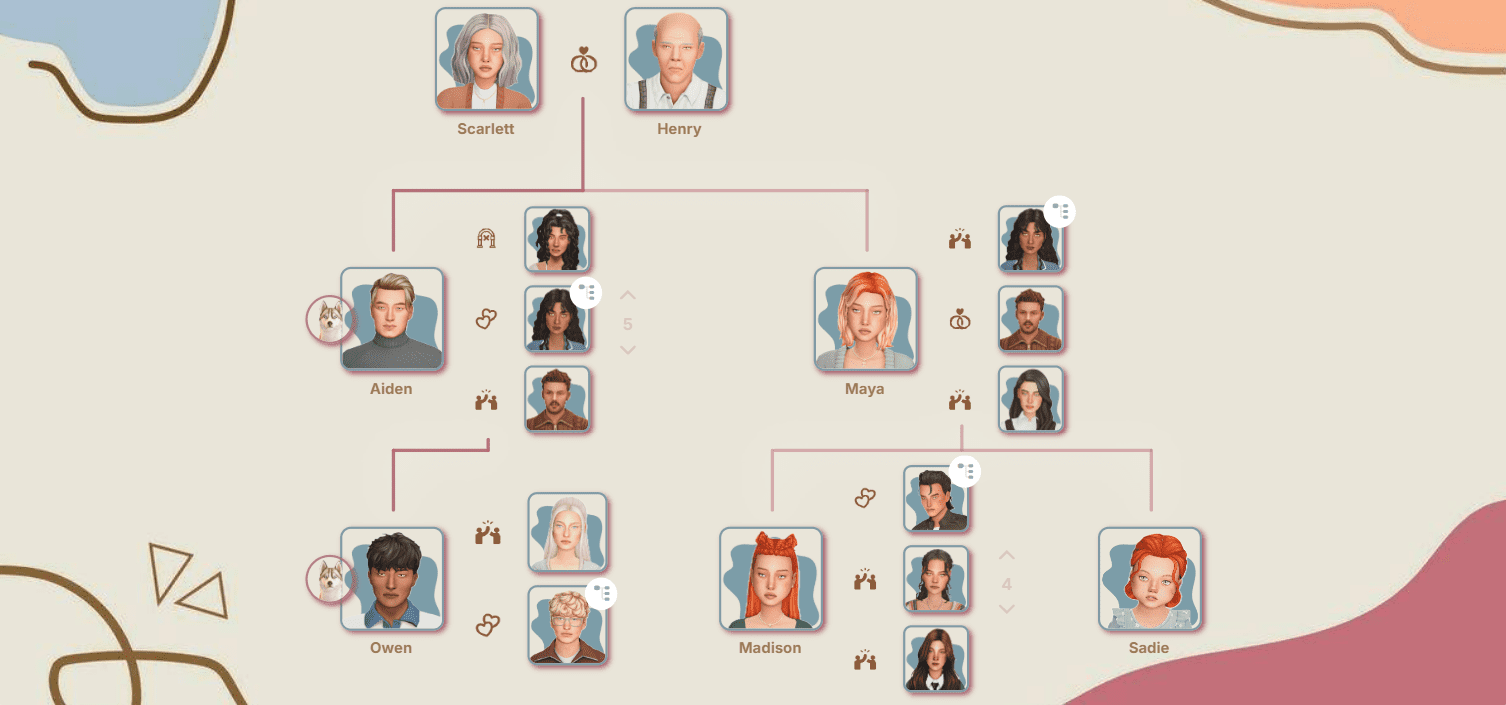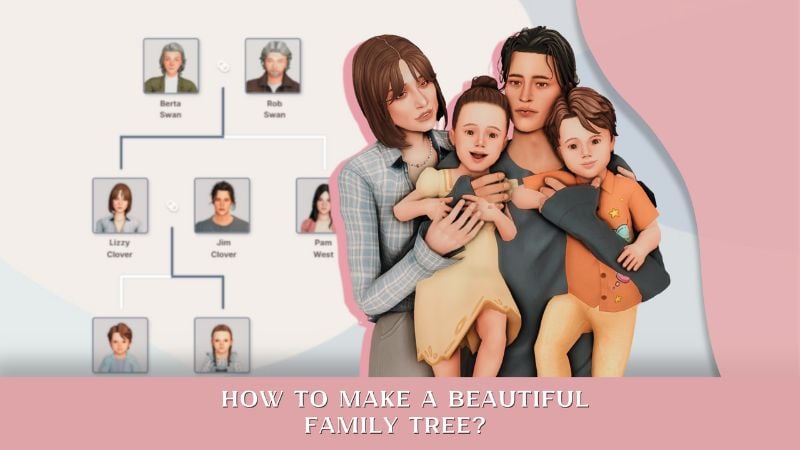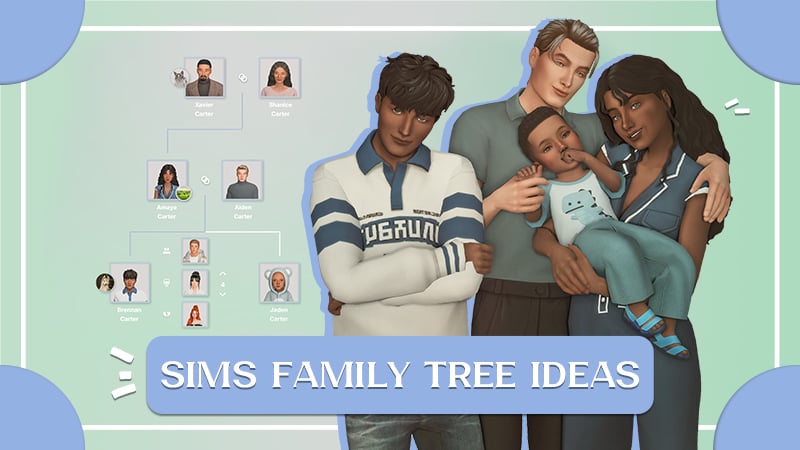Visuals in The Sims as a narrative enhancement
Visual materials have long become an essential part of our communication and perception of information. More and more, we rely on images, graphics, and other visual elements not only to convey information but also to enhance atmosphere, set the right mood, and evoke emotions. In this article, we’ll explore how screenshots can be used to tell a story, communicate meaning, and make information more engaging and understandable.
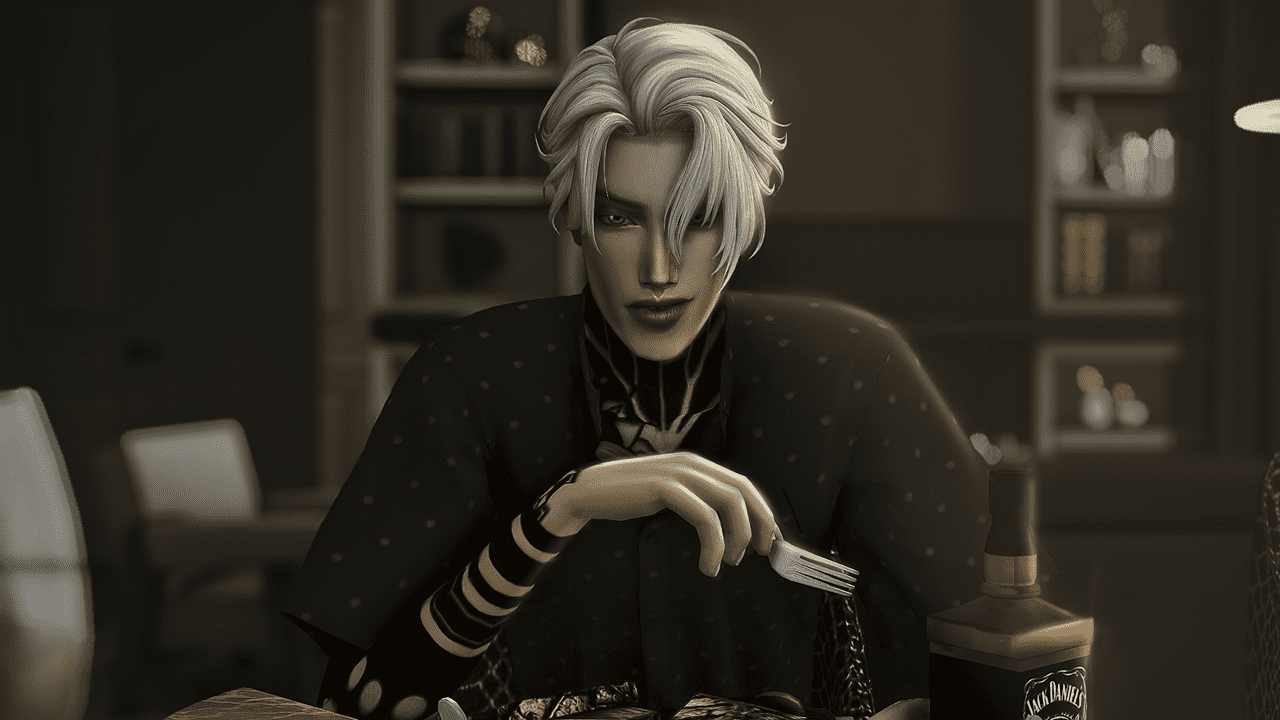
(Screenshot of the «The Black Generation»)
1. Visuals as a Storytelling Tool
Images have a unique ability to instantly influence perception. Unlike text, a picture doesn’t require deep analysis, its meaning is grasped immediately. Visual elements help set the scene and create immersive storytelling through striking imagery.

Telling a Story Through Images:
One of the most popular ways to use visuals for storytelling is through screenshots. In The Sims, for example, entire narratives can be created through frames alone – no dialogue needed. Screenshots can showcase how characters interact, what’s happening in their lives, and what emotions they are experiencing. A sequence of images can depict a character overcoming challenges, achieving success, or struggling with setbacks, shaping a dynamic story arc.
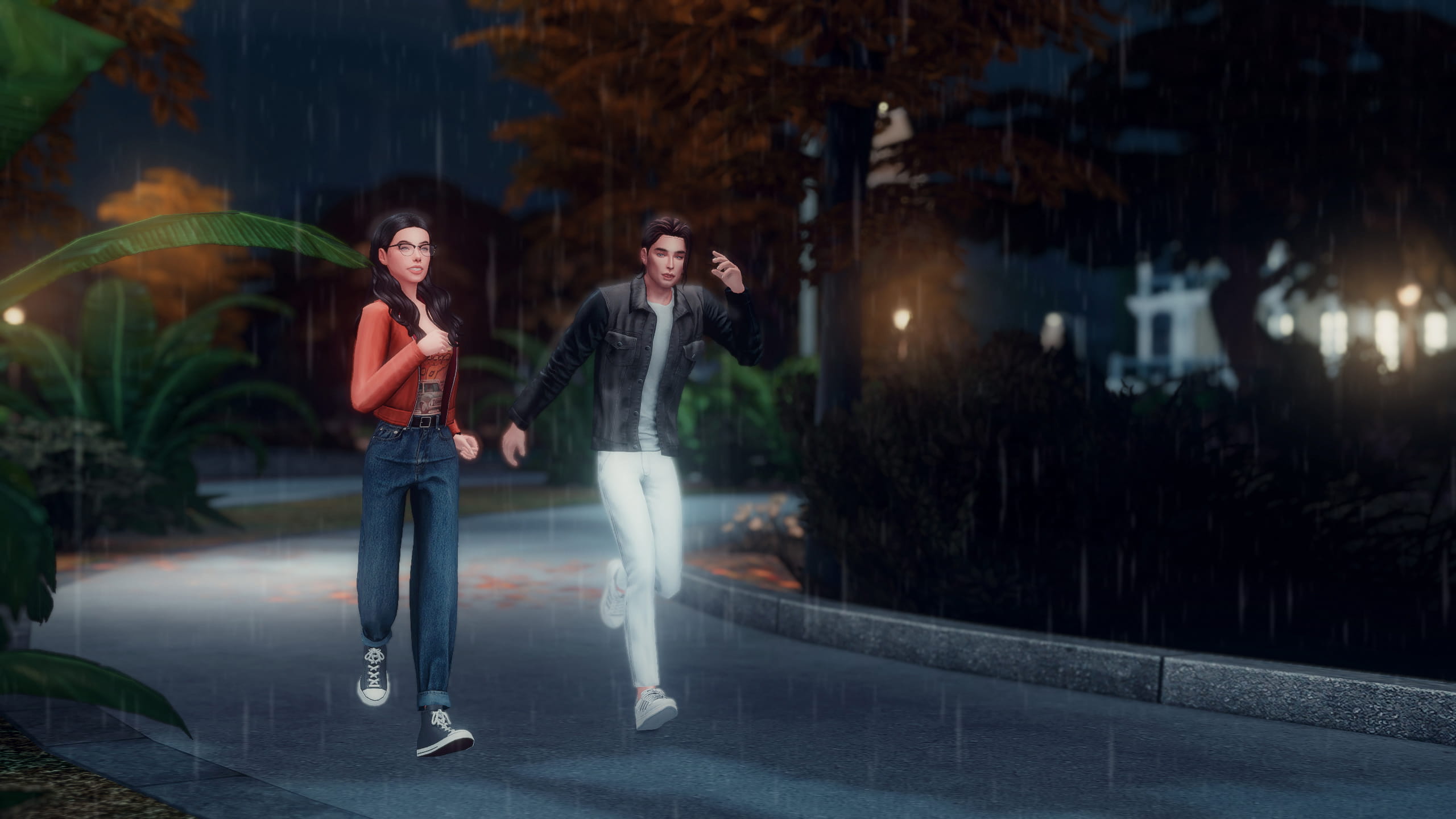
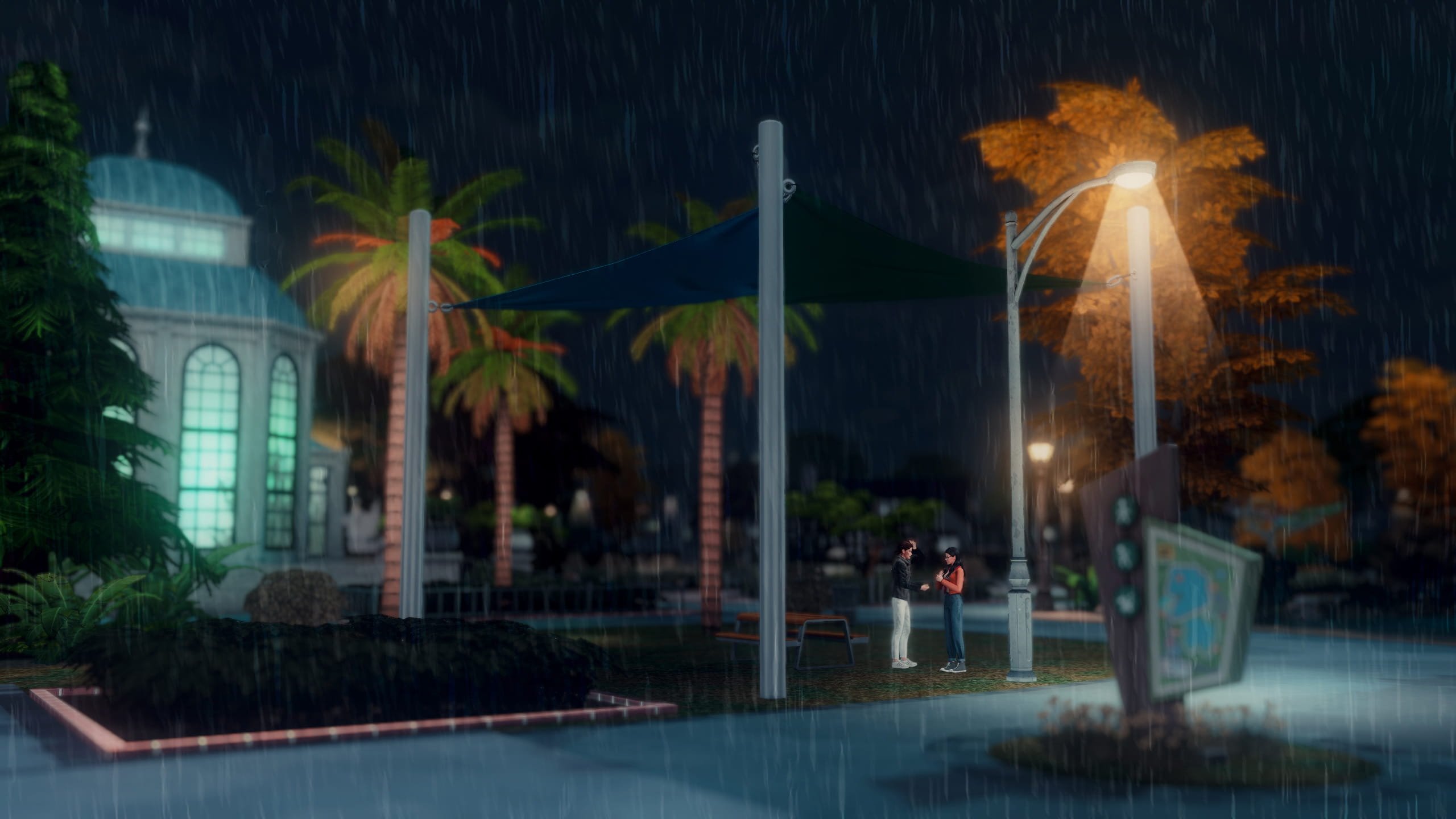

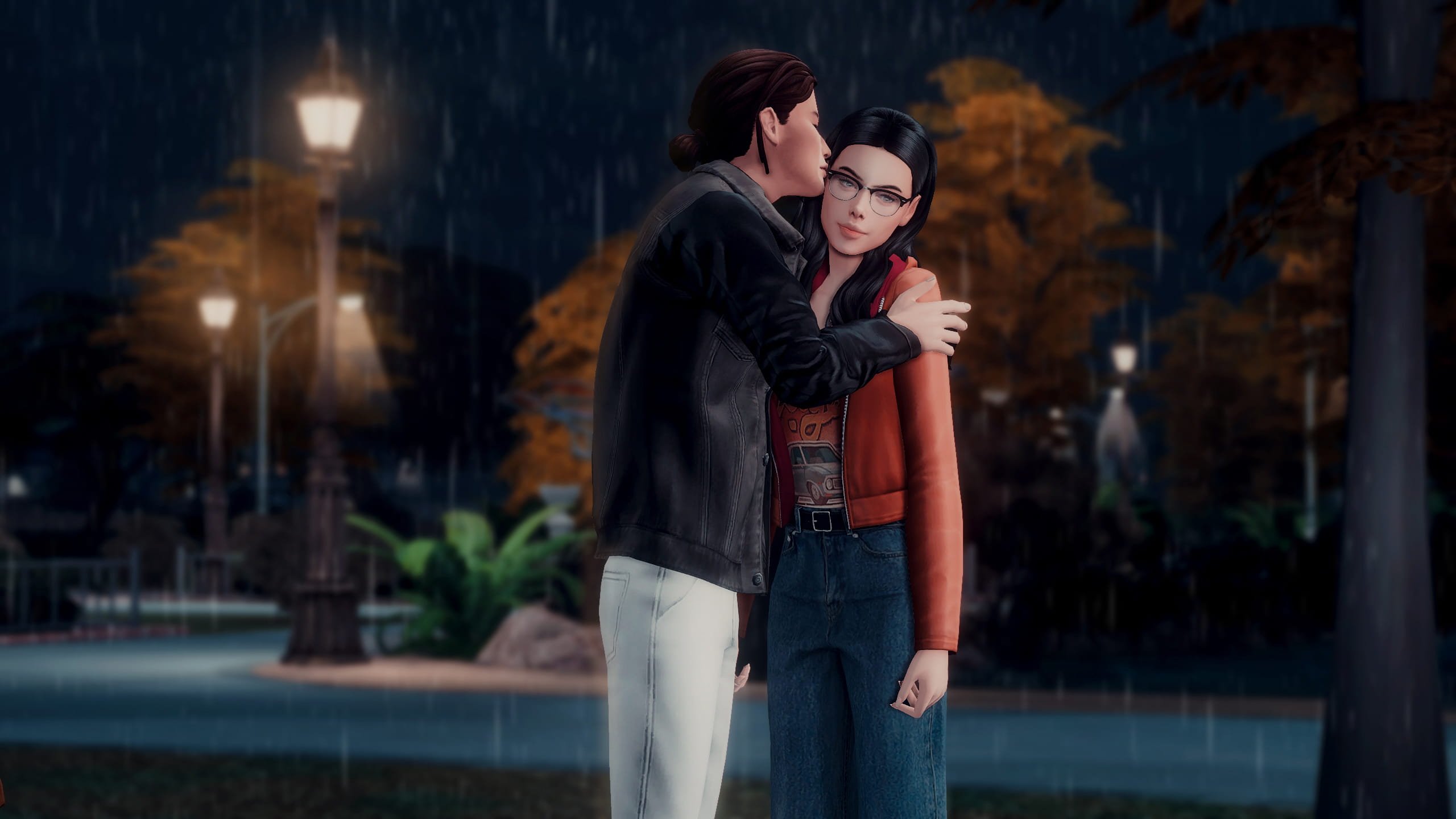
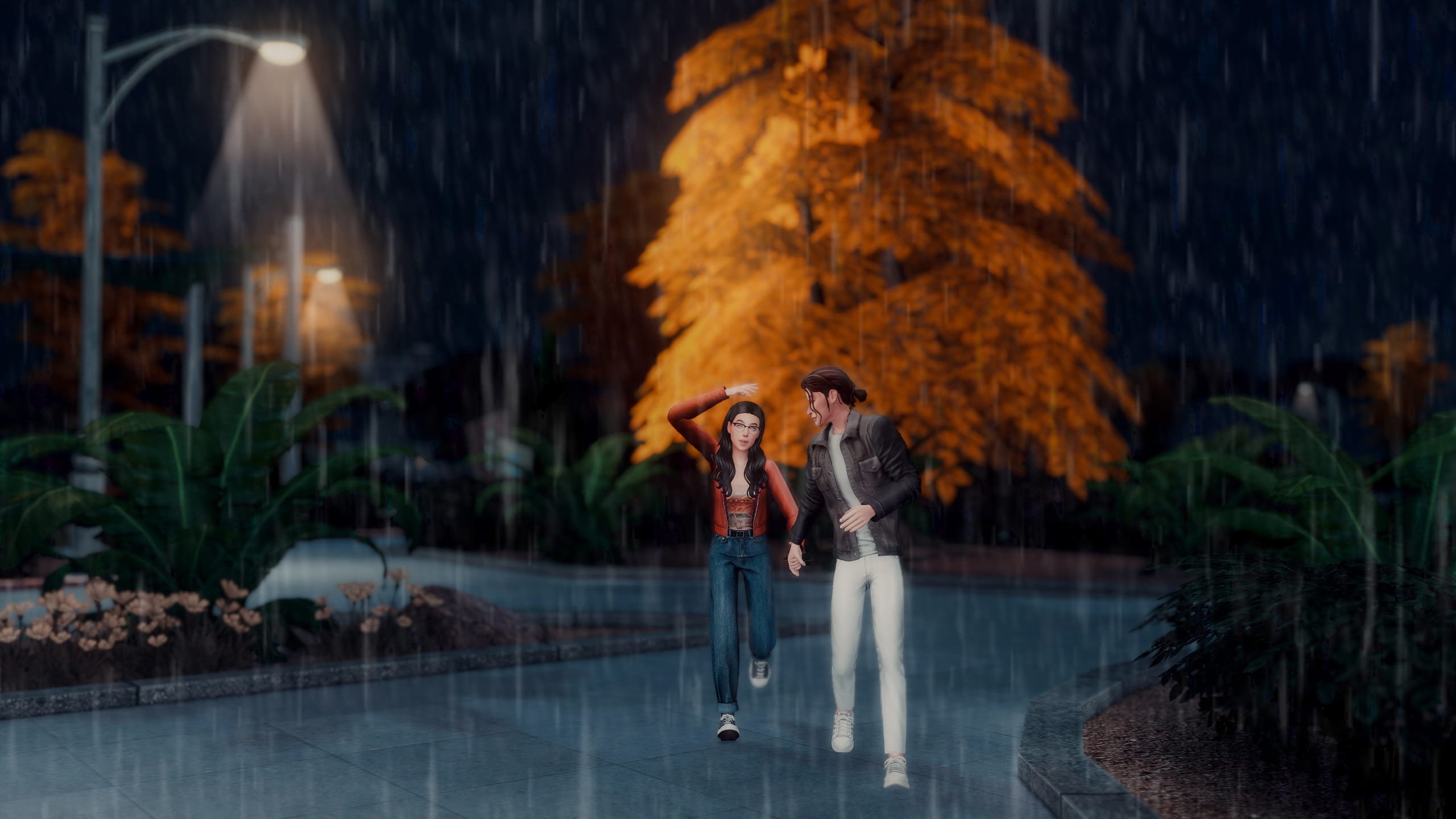
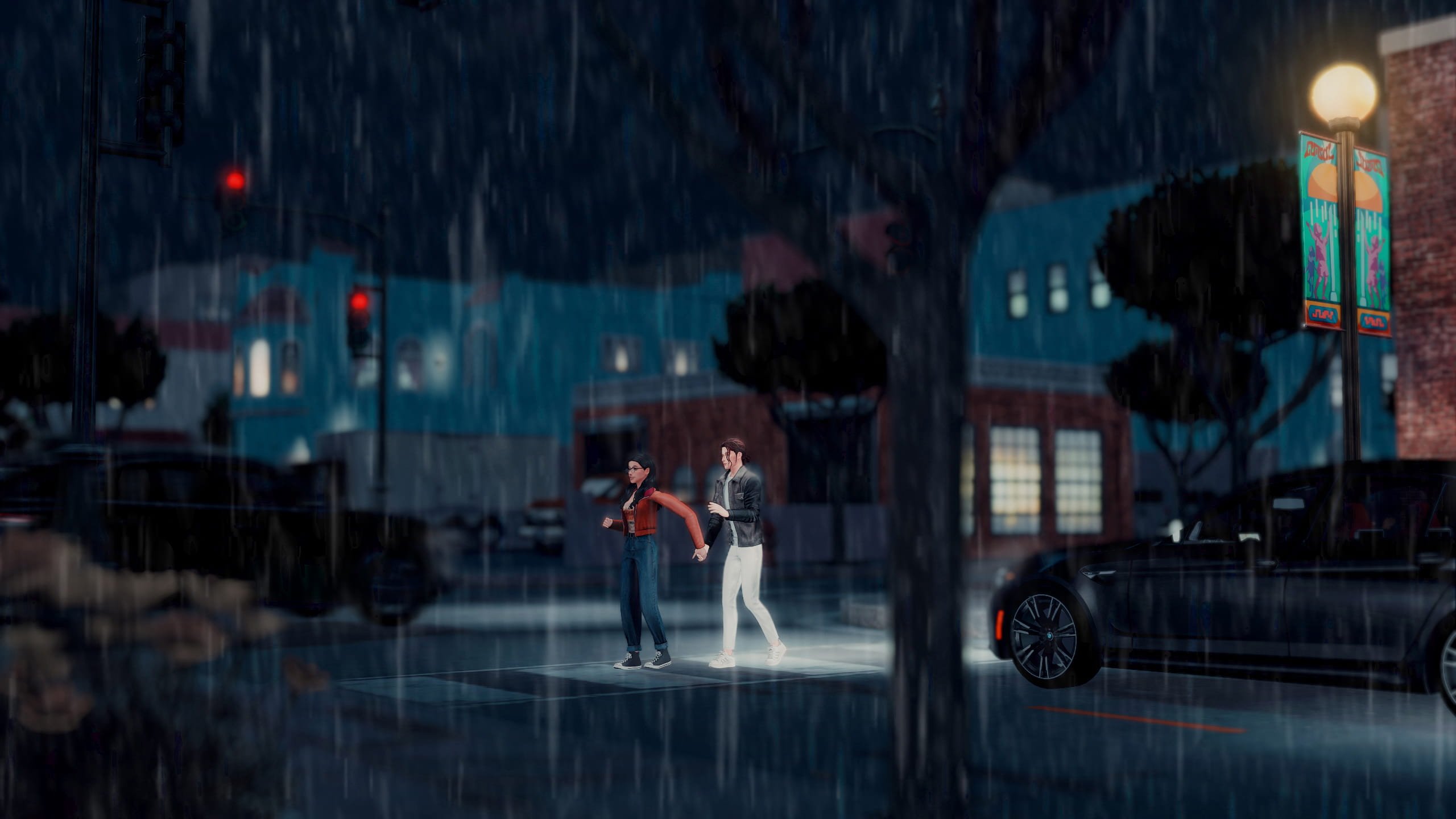
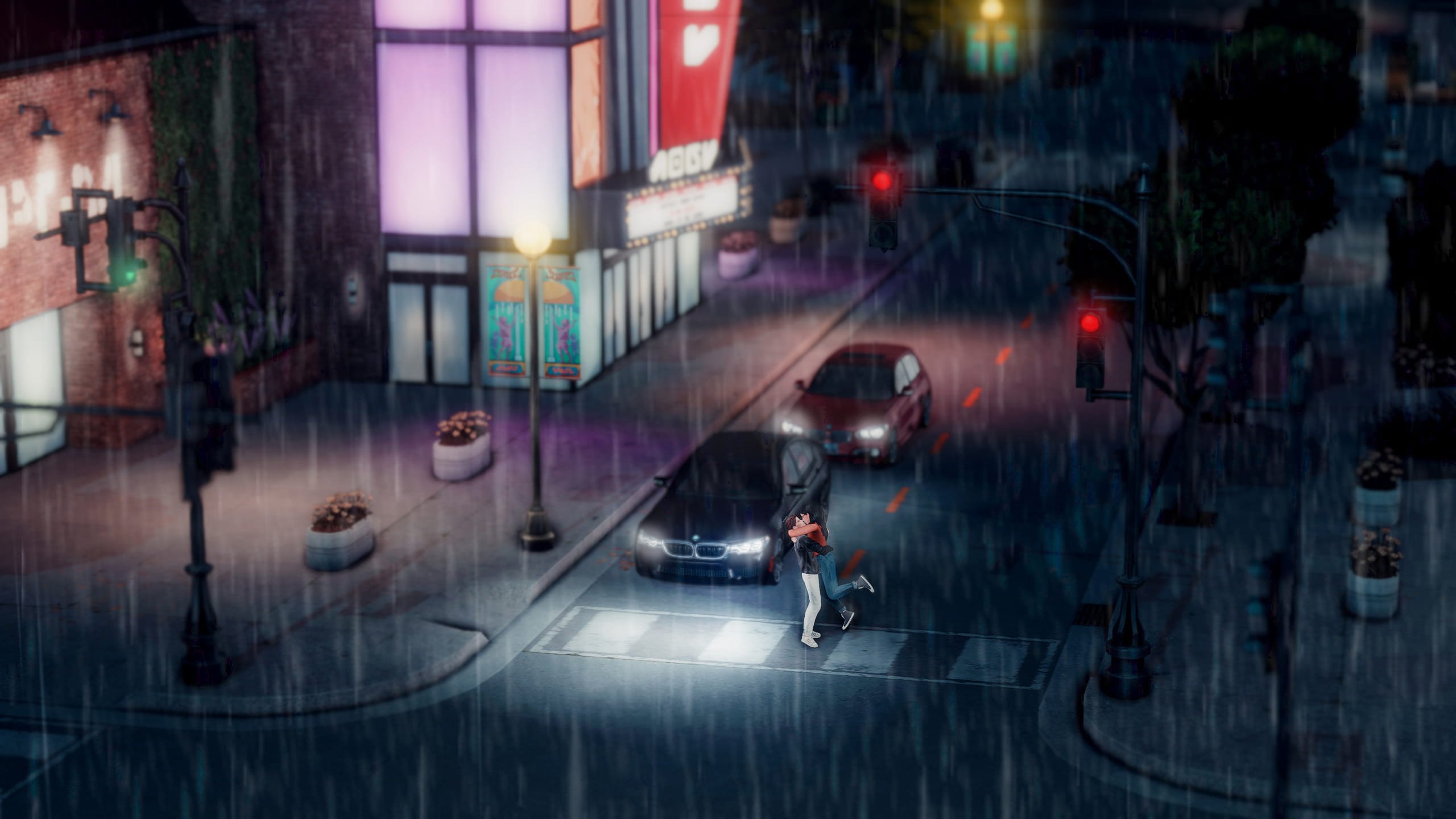

(Screenshots of the Olsen Family)
They run without holding hands. Then, they stand under a shelter, talking. The boy kisses the girl at the temple, and she blushes. Later, they run again, now holding hands. At the traffic light, the girl suddenly stops and kisses him on the lips. Their growing connection is clear even without words.
Emotional Impact:
Color, composition, and textures all play a key role in shaping perception. For example, darker tones in an image can create an atmosphere of tension or sadness, while warm and bright colors can evoke joy and comfort. This concept applies to The Sims as well: cozy interiors with soft hues can create a feeling of warmth, while cold, desaturated tones can set a gloomy, melancholic mood.
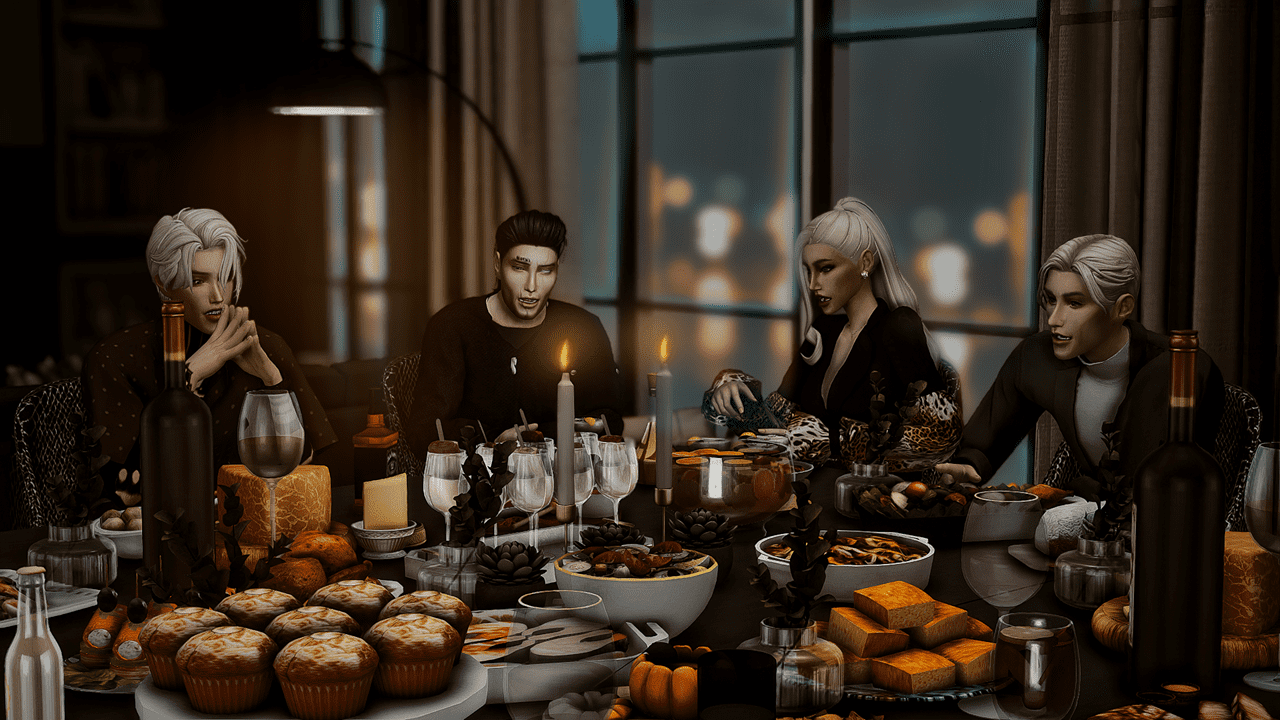
(Screenshot of the «The Black Generation»)

(Screenshot of the Olsen Family)

(Screenshot of the Farn Family)
Imagine three different family dinners. Each one conveys a completely different emotional tone and focus, just through color and composition.
2. The Meaning and Significance of Visuals
Visual elements are often more effective than text because they are processed instantly and intuitively. This means that every image or screenshot carries not just visual form but deeper meaning, which must be communicated effectively.
Metaphors and Symbols:
Visual imagery can be used to create layered meanings. For instance, shattered glass might symbolize loss, pain, or destruction, while empty space can convey loneliness or a sense of freedom. These symbols can be embedded in settings, backgrounds, or character expressions to highlight subtle psychological moments and internal struggles.
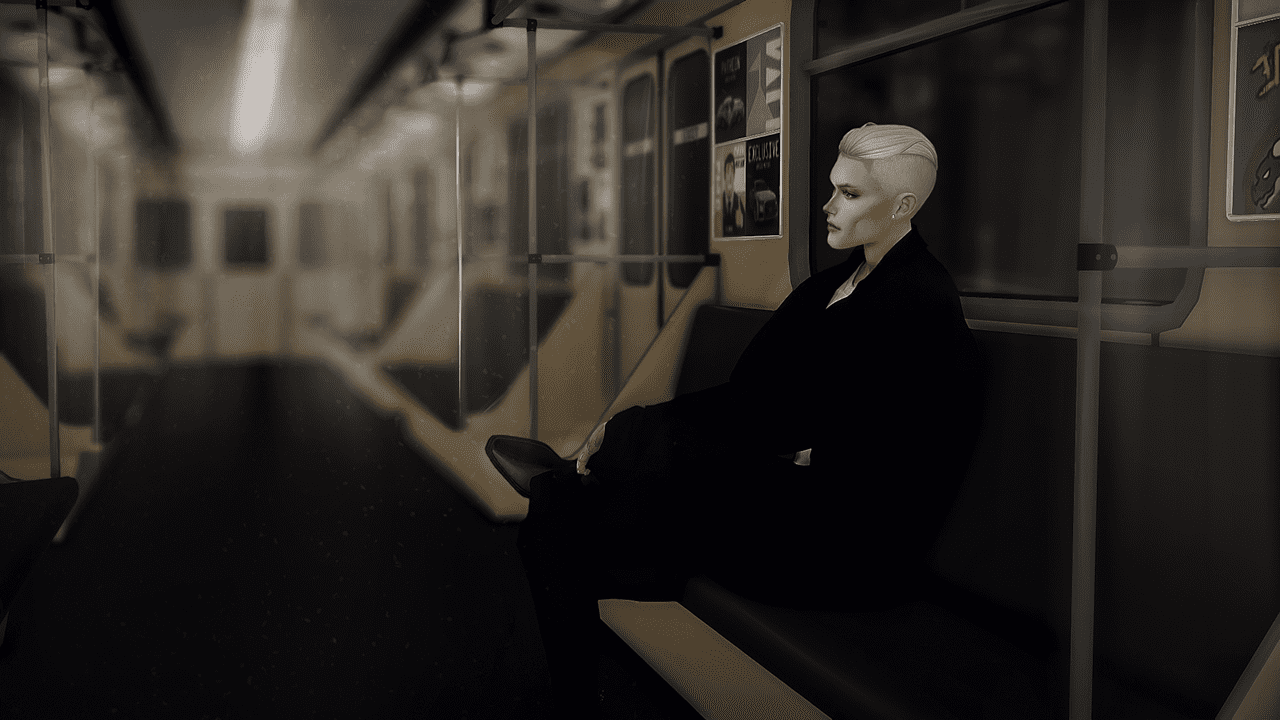
(Screenshot of the «The Black Generation»)
A character sits alone in an empty subway car, staring into the distance. Even without a caption, the shot conveys a clear sense of isolation and introspection.
Understanding the Audience:
It’s important to remember that visual perception can be influenced by cultural and social contexts. For example, in one culture, the color red might symbolize love and passion, while in another, it could represent danger or warning. Considering your audience’s background helps avoid misinterpretation.
3. The Effective Combination of Text and Visuals
To create a cohesive narrative, visuals and text should complement each other rather than compete for attention. A well-balanced combination ensures that the information is both clear and memorable.
Text as Context for Visuals:
Sometimes, images can be ambiguous or incomplete without accompanying text. A well-placed caption can clarify what’s happening in a frame, explain a character’s behavior, or provide a backstory that adds depth to the scene. In infographics, text is often used to emphasize key points and explain visual data.

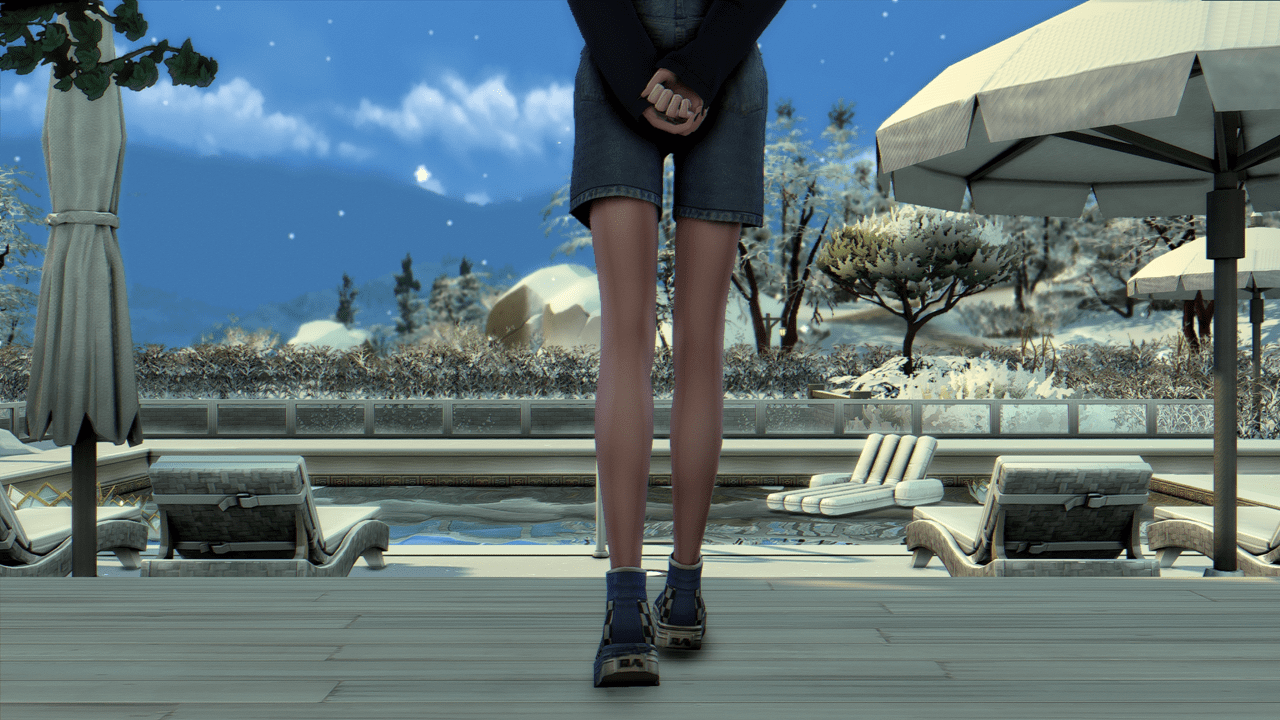
(Screenshot of the «Night Echoes»)
At first glance, these screenshots seem perfectly ordinary. A girl steps out of the shadows into the sunlight. Nothing alarming, right?
But the accompanying text reveals a crucial detail: she is a vampire, knowingly stepping into the sun despite the fatal consequences.
4. How to Frame a Shot to Convey the Right Meaning
Every shot is more than just an image, it’s a powerful tool for expressing emotions, meaning, and atmosphere. Through composition, object placement, focus, and other visual elements, you can guide perception in a specific direction.
Framing a shot isn’t just about technical precision; it’s an art form that allows for a deeper transmission of ideas.
In this article, we’ll explore how to create visually harmonious shots while ensuring they effectively communicate the intended message. We’ll also discuss how “emptiness” or “clutter” in a shot can influence perception.
— Empty Space in a Shot: Meaning Without Distraction
Sometimes, shots may appear "empty" containing only a few objects with large open spaces that seem unremarkable. However, this is not necessarily a drawback. In fact, empty space can be a powerful tool for directing focus to the main subject or idea.
Minimalism:
Empty space helps create a sense of simplicity, calmness, or even solitude. For example, capturing a lone person against a vast, empty landscape can evoke feelings of isolation, loneliness, or, conversely, freedom. The fewer distractions in a shot, the stronger the audience’s focus will be on the central subject.
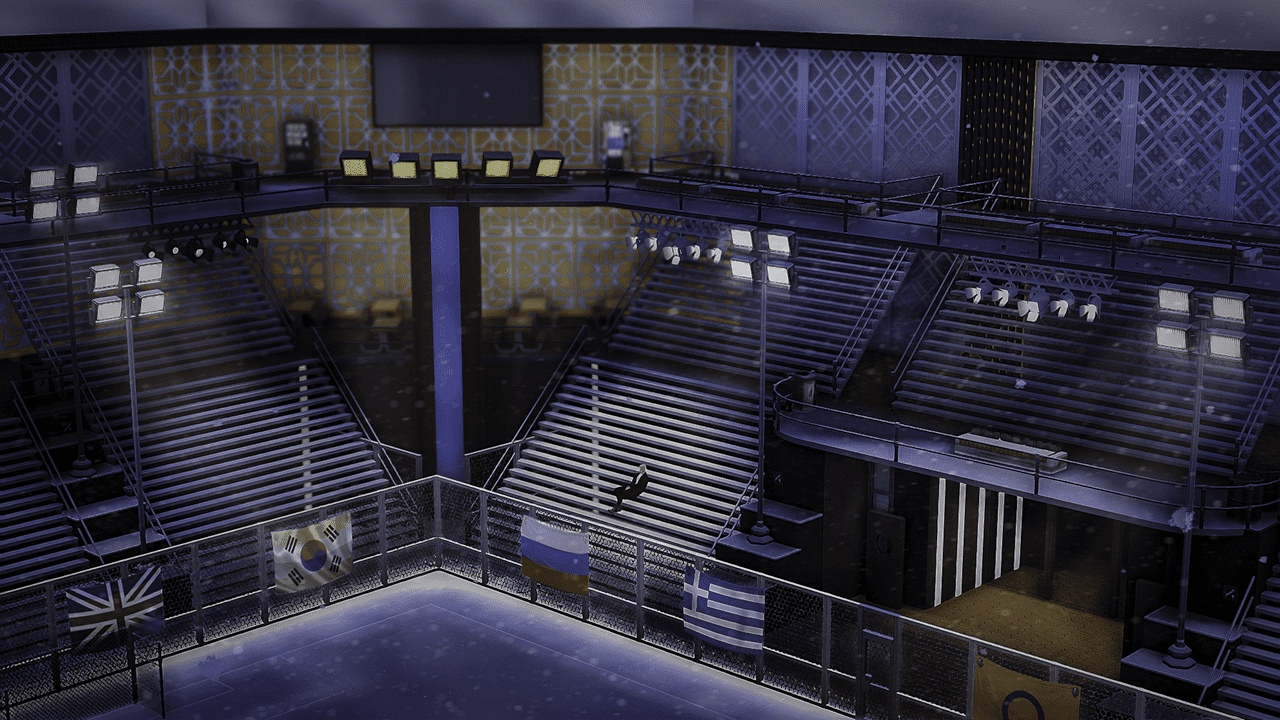
(Screenshot of the «The Black Generation»)
Silence and Tranquility:
Emptiness can also convey a sense of peace and quiet. A shot may contain only one element – a tree, a single object, or a person — surrounded by open space. This can create an atmosphere of serenity, contemplation, or introspection.

(Screenshot of the Farn Family)
The viewer can almost see through the eyes of the characters as they take in the vast landscape before them, experiencing that same moment of tranquility, stillness, and focus on their hobby.
Symbolism of Empty Space:
Empty space can also carry deep symbolic meaning. For example, an empty room with just a single object can symbolize loss, loneliness, or the absence of something significant. Visually, it tells the viewer that something is missing, or that all attention should be drawn to that one object.
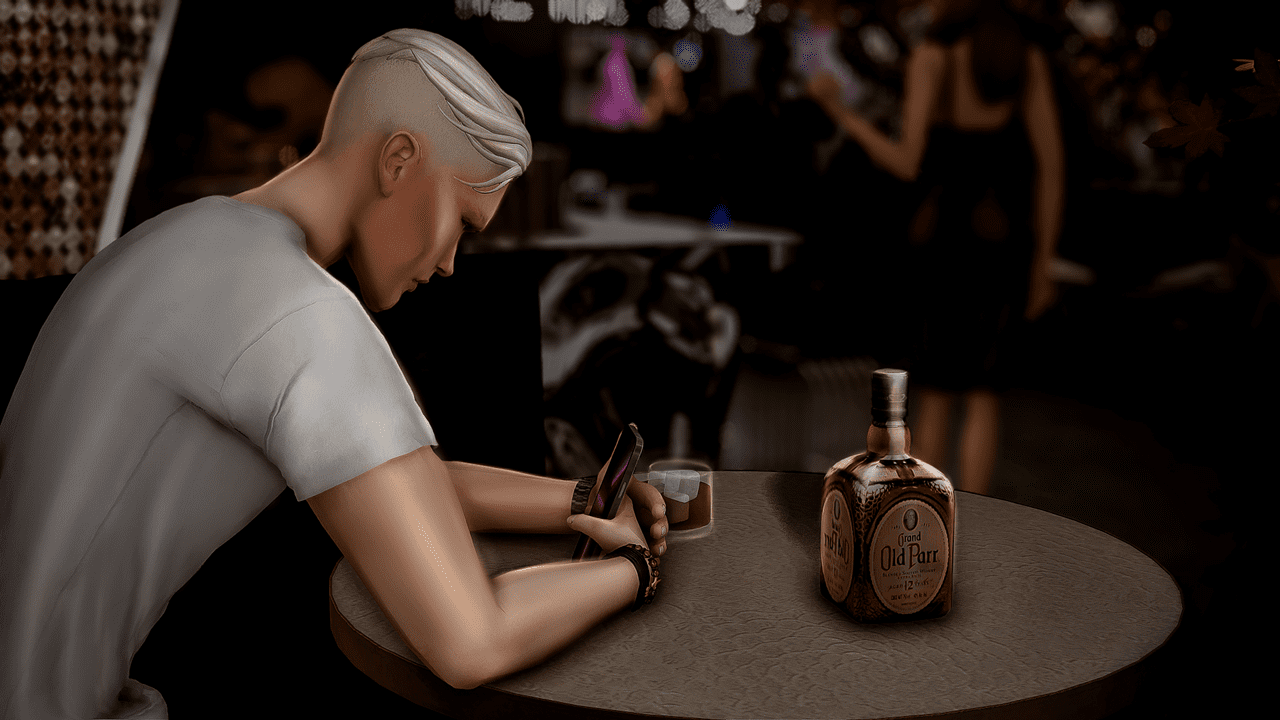
(Screenshot of the «The Black Generation»)
Despite the club’s lively crowd and the hustle and bustle around the character, it is evident that they feel alone, lost in their own thoughts.
— Cluttered Shots: When "Too Much" is a Good Thing
Conversely, a shot filled with numerous elements can be used to create a sense of chaos, restlessness, or overstimulation. This approach works well when trying to depict movement, tension, or complexity. However, it’s essential not to lose the main focus within the clutter.
Energy and Dynamism:
A cluttered frame can contain multiple interacting elements – crowds of people, various objects, flashes of color, or light reflections – all of which can generate an effect of movement, energy, and bustling activity. This technique is perfect for portraying chaos or uncertainty, such as in cityscapes or high-intensity scenes.
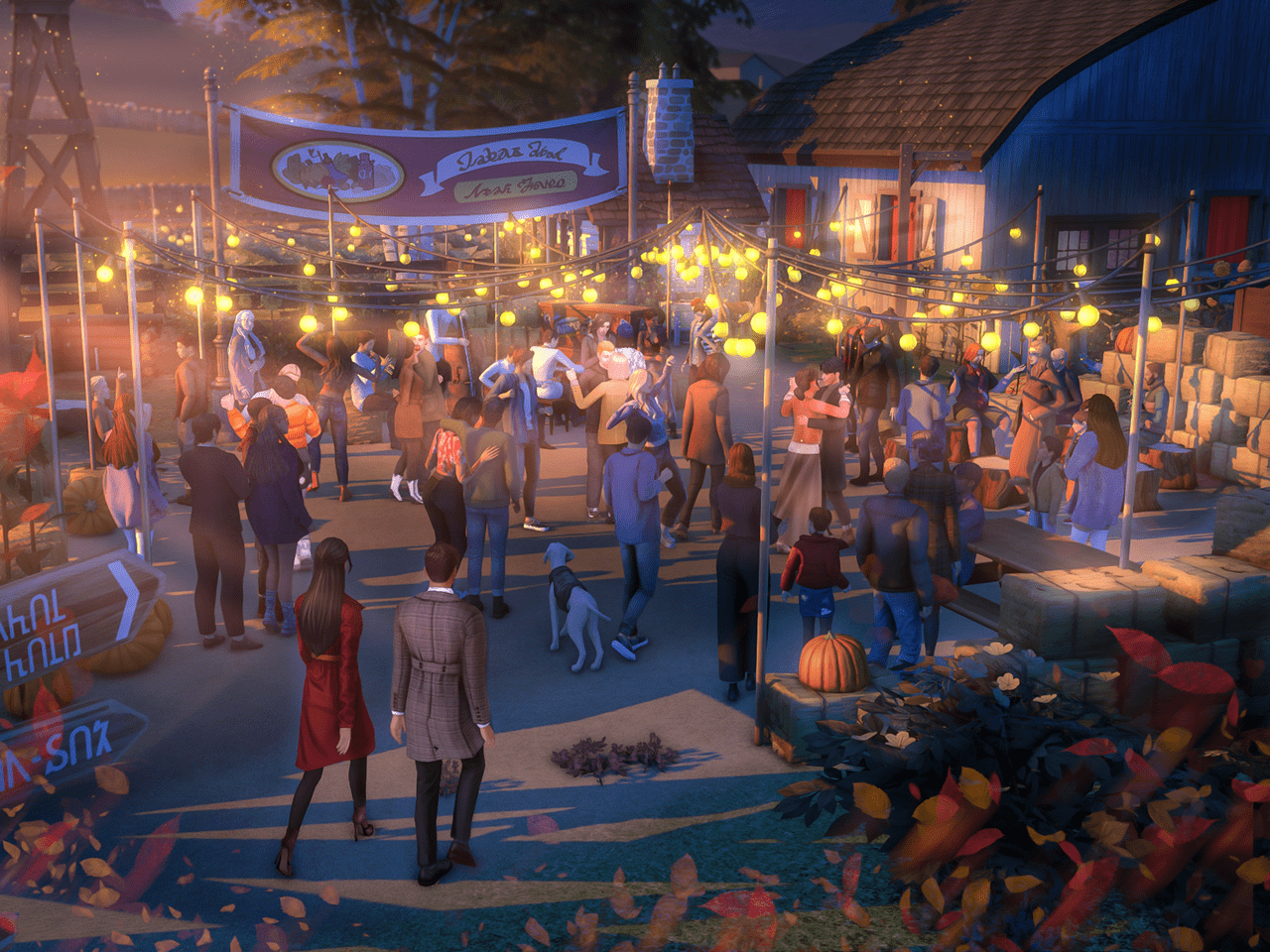
(Screenshot of the Artego Family)
Information Density:
In some cases, a densely packed frame is essential for conveying a specific idea. For instance, an image of a crowded market or an overstuffed room can highlight the overwhelming nature of life, the sheer number of people, and ongoing events. Each element in the frame contributes to emphasizing abundance or excess.
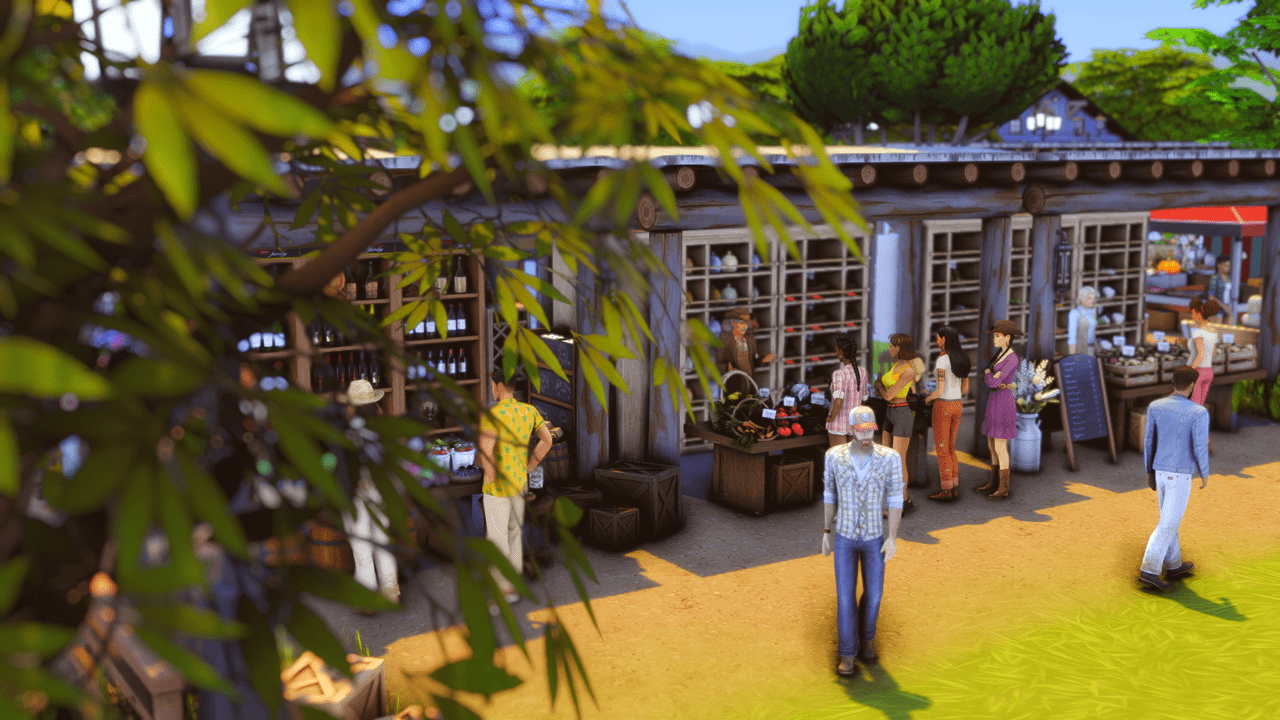
(Screenshot of the Farn Family)
Contrast and Conflict:
Clutter can also be used to create contrast. For example, in a frame full of elements, one specific object might stand out dramatically. This contrast generates visual tension, emphasizing the importance of that singular subject.

(Screenshot of the Olsen Family)
— Empty vs. Cluttered Space: How to Choose?
Deciding whether to leave a shot empty or fill it with elements depends on the message you want to convey.
Choosing Based on Mood:
If your goal is to evoke a sense of peace, solitude, or silence, an empty frame will be the most effective choice. If you want to communicate tension, activity, or sensory overload, it’s better to include more elements to create a fuller composition.
Context and Narrative:
Context plays a crucial role in framing decisions. For example, when depicting nature or an isolated environment, empty frames that focus on form and texture work best. Conversely, to illustrate a dynamic scene, urban life, or the theme of "chaos", a cluttered frame can be more effective.
Focusing on the Main Subject:
Regardless of the approach, it’s important to ensure that the shot isn’t so overloaded that the viewer cannot identify the key subject. Empty space helps direct attention toward a single element, while a cluttered frame can evoke a sense of unease or emphasize intricate details.
— Types of Shots in a Frame: How to Use Them to Convey Meaning
Long Shot – A long shot is used to showcase a wide view, giving the audience a general idea of the location, events, or environment. This type of shot is often used to emphasize context and atmosphere, whether it’s vast empty landscapes or crowded cities. In these frames, characters may appear small or not be visible at all, drawing attention to the surroundings.
Example: If a person is placed in the center of an empty field, the shot can create a feeling of loneliness or, conversely, a sense of freedom. The space around them plays a key role in shaping the audience's perception.
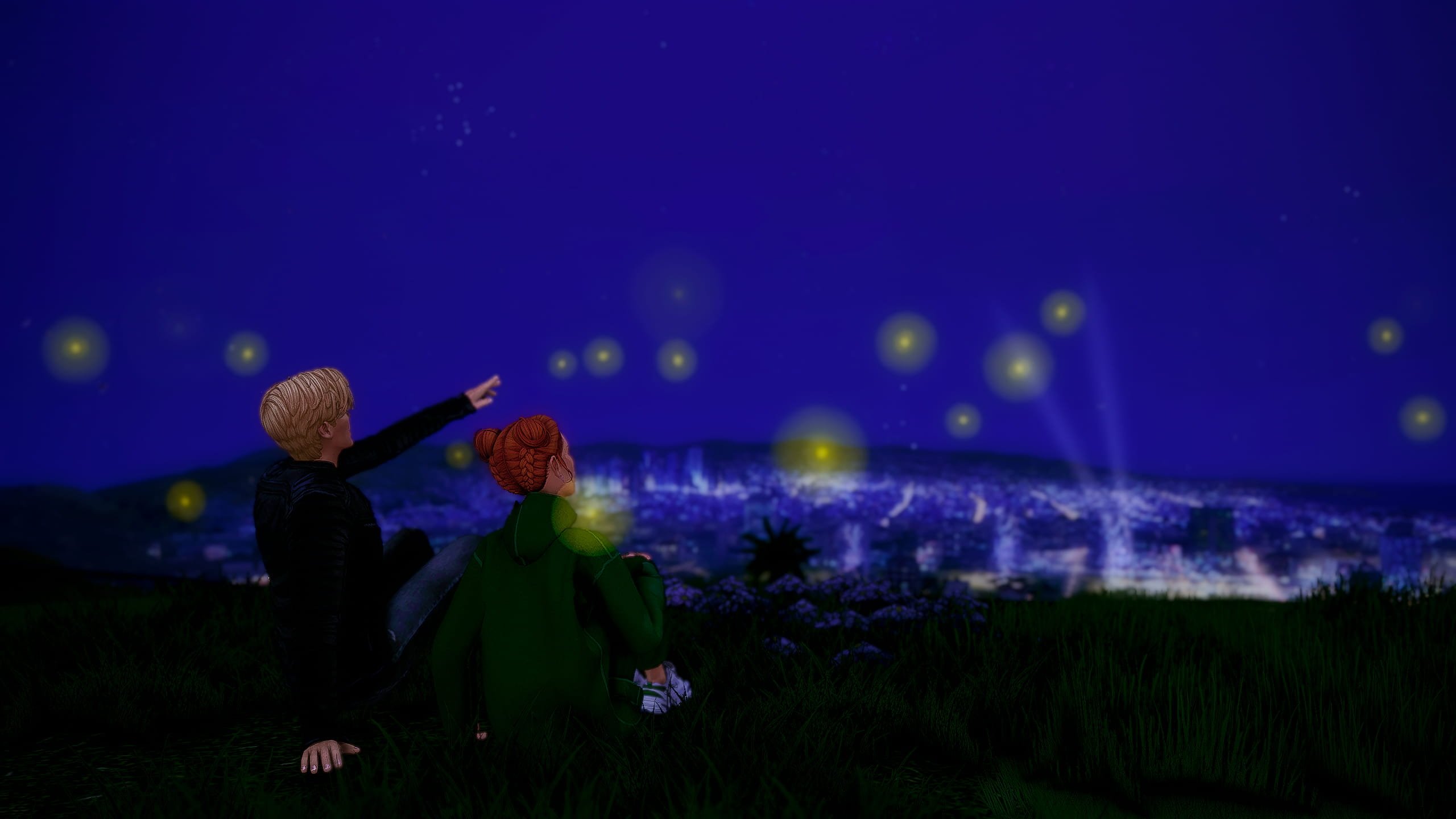
(Screenshot of the Olsen Family)
Medium Shot – A medium shot focuses on a person or group of people, typically capturing them from the waist up. This shot allows the audience to perceive emotions and facial expressions while maintaining a connection to the surrounding context. It strikes a balance between the character’s emotions and their environment.
Example: A guy hands a girl a cup of coffee, and she smiles warmly, clearly touched by the gesture. In the background, however, two other guys exchange amused glances, subtly adding layers of meaning and humor to the scene.
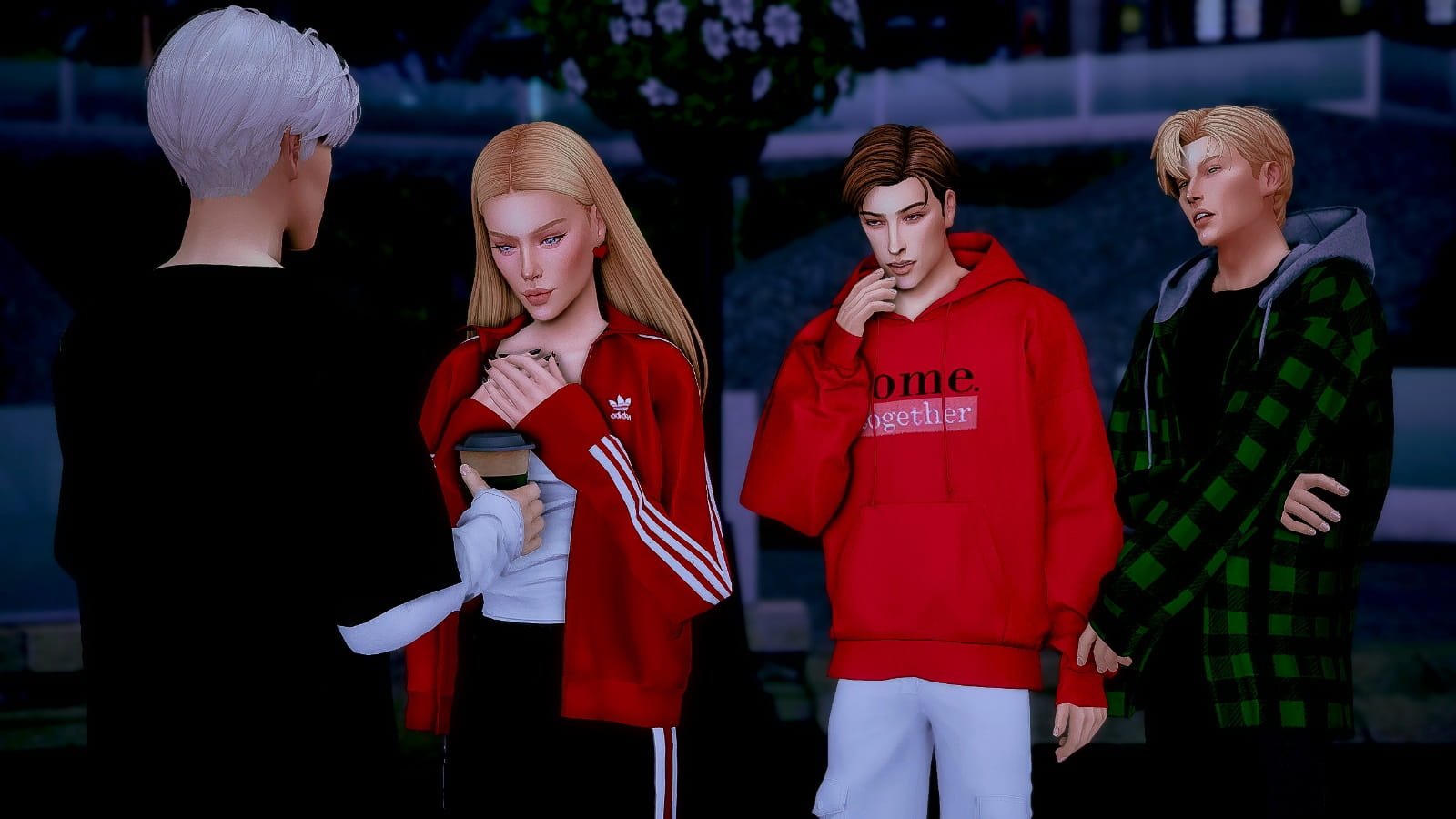
(Screenshot of the Olsen Family)
Close-Up – A close-up directs attention to a single subject or object, highlighting facial expressions or specific details. This shot is particularly effective in conveying deep emotions, internal conflicts, or reactions, enhancing the drama of the scene.
Example: A close-up of a character’s face can depict sadness, joy, or worry, allowing the audience to deeply connect with their emotional state. It can also heighten suspense in a dramatic moment.

(Screenshot of the «Night Echoes» family)
Extreme Close-Up – An extreme close-up is an even tighter shot, capturing very small details such as an eye, a hand, or another element of significance. It is often used to emphasize key details or to enhance the emotional intensity of a scene.
Example: A close-up of a hand clenching an object might symbolize tension or aggression, while an extreme close-up of an eye can convey deep emotions or fear.
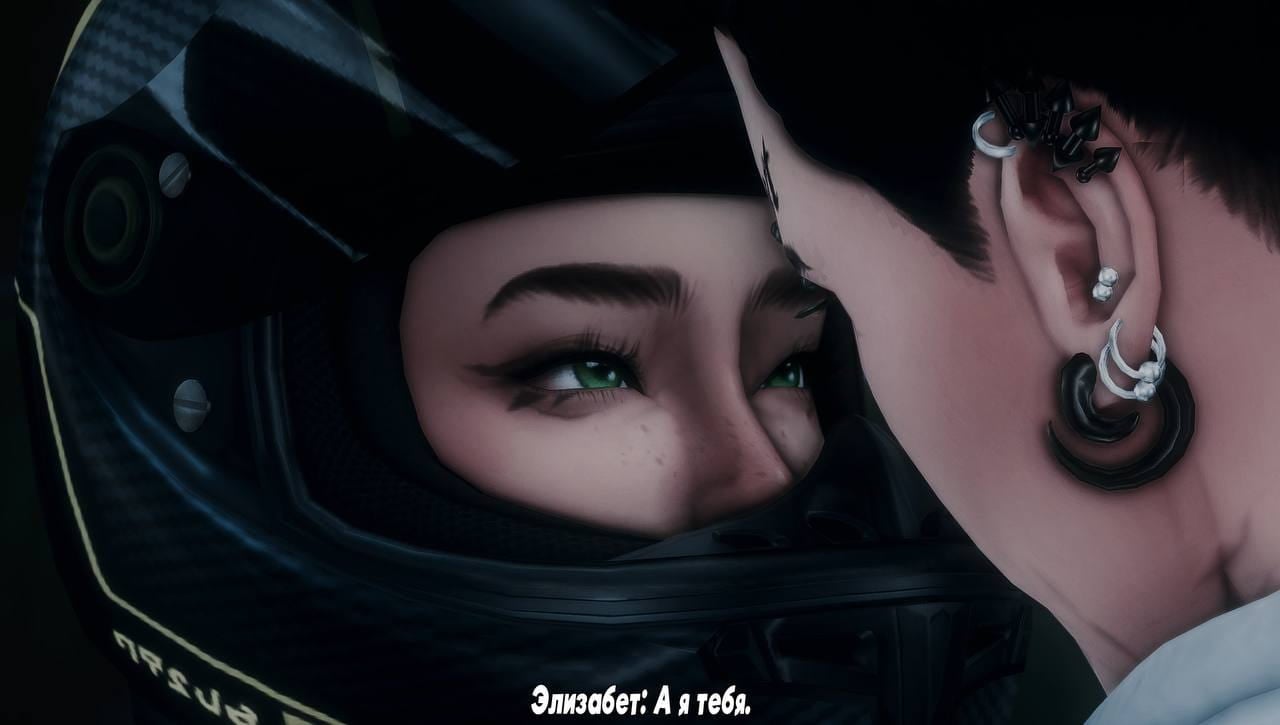
(Screenshot of the Farn Family)
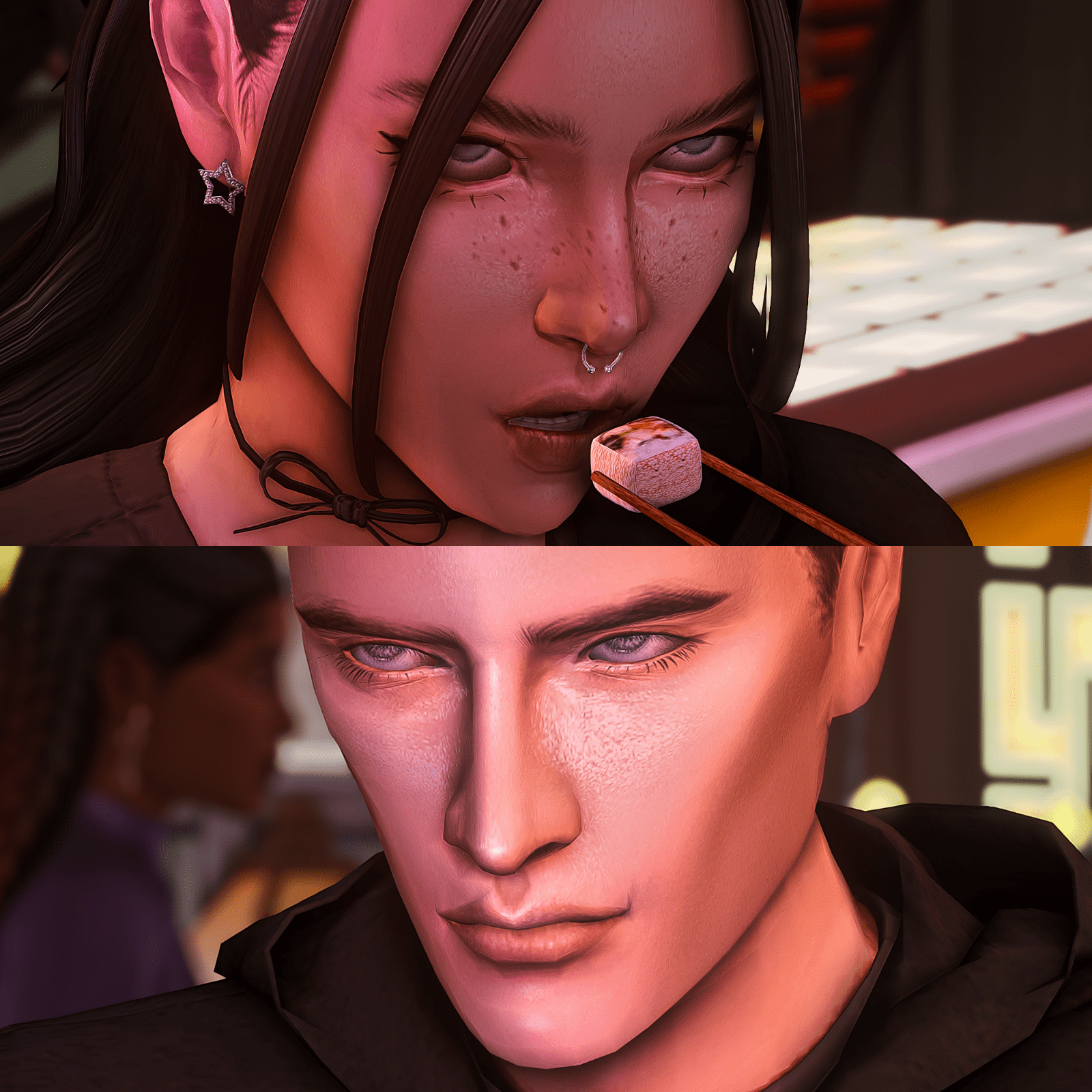
(Screenshot of the Rayt Family)
— The Importance of Composition in a Frame
Composition – refers to how elements are arranged within a frame. A well-composed image naturally feels complete and visually appealing, guiding the viewer’s attention to what’s most important. Poorly arranged elements or distracting colors can break harmony and divert focus from the main subject.
Rule of Thirds:
One of the most well-known composition techniques is the rule of thirds. Imagine your frame divided into nine equal parts using two vertical and two horizontal lines. The key subjects or focal points should be placed along these lines or at their intersections. This creates a balanced composition, making the shot more visually appealing and easy to read.
Leading Lines:
Elements such as roads, rivers, building edges, or even streaks of light can act as leading lines, guiding the viewer’s gaze toward a specific focal point. These lines can create depth, add dynamism, or direct attention to a particular subject.
Negative Space:
The concept of negative space refers to leaving enough empty space between elements to avoid clutter. This helps focus attention on the main subject and allows the composition to "breathe", ensuring that each element has its purpose and significance.
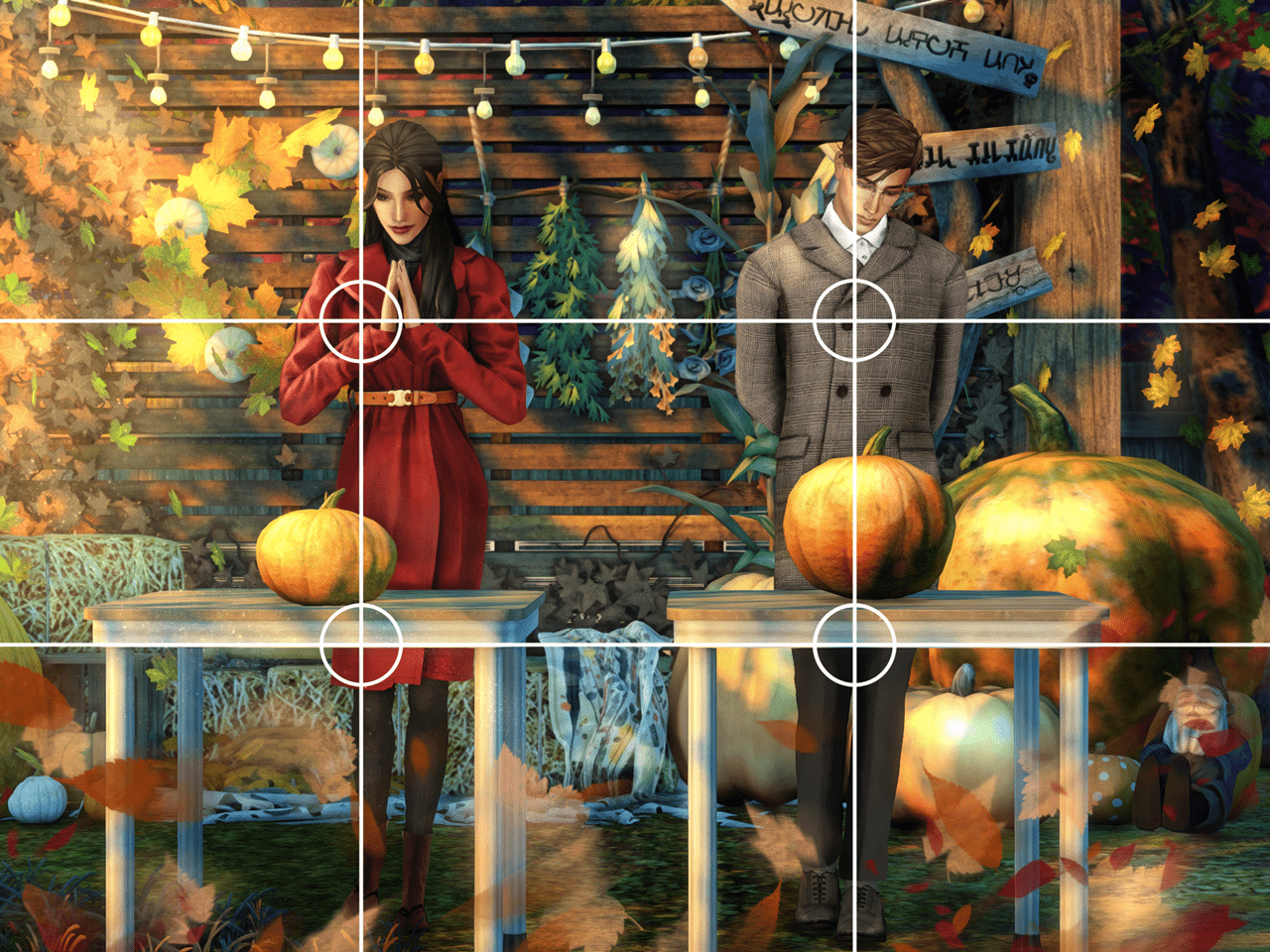

(Screenshot of the Artego Family)
— The Impact of Screenshot Formats on Perception and Composition
Beyond composition, the aspect ratio of a frame also plays a crucial role in storytelling and atmosphere. Different formats can significantly change how an image is perceived and affect the overall composition, mood, and scene dynamics. Below are three of the most common formats: 16:9, 4:3, and 1:1.
16:9 – The Standard Widescreen Format
The 16:9 format is the most widely used for videos and screenshots, especially for modern screens and mobile devices. It offers a broad field of view, making it ideal for scenes where depth and context are important.
Ideal for Expansive Scenes and Panoramic Views
The 16:9 format is perfect for capturing wide landscapes, cityscapes, large interiors, and dynamic action shots. The extra horizontal space allows for more details in the frame and creates a sense of depth, which isn’t as easily achieved in narrower formats.
Perception Effect: The wide format gives the viewer a detailed image with a broad perspective, enhancing the sense of presence, especially in films, landscapes, or outdoor scenes.
Use in Storytelling: This format is best suited for scenes that emphasize space, environment, or a grand atmosphere. It helps the audience immerse themselves in large-scale events, such as urban landscapes, crowd scenes, or nature shots.

(Screenshot of the «The Black Generation»)
Perfect for Dynamic Action and Motion Scenes
The widescreen format works exceptionally well for action sequences, sports events, or other fast-paced moments. The broader field of view allows for clearer representation of movement and energy.
Perception Effect: Viewers perceive 16:9 scenes as more "alive" and dynamic. The horizontal space organizes movement within the frame, enhancing the visual "expansion" of action.
Use in Storytelling: Ideal for action-packed genres, battle scenes, sports coverage, and other moments where quick movements, shifting environments, or multi-character interactions are crucial.
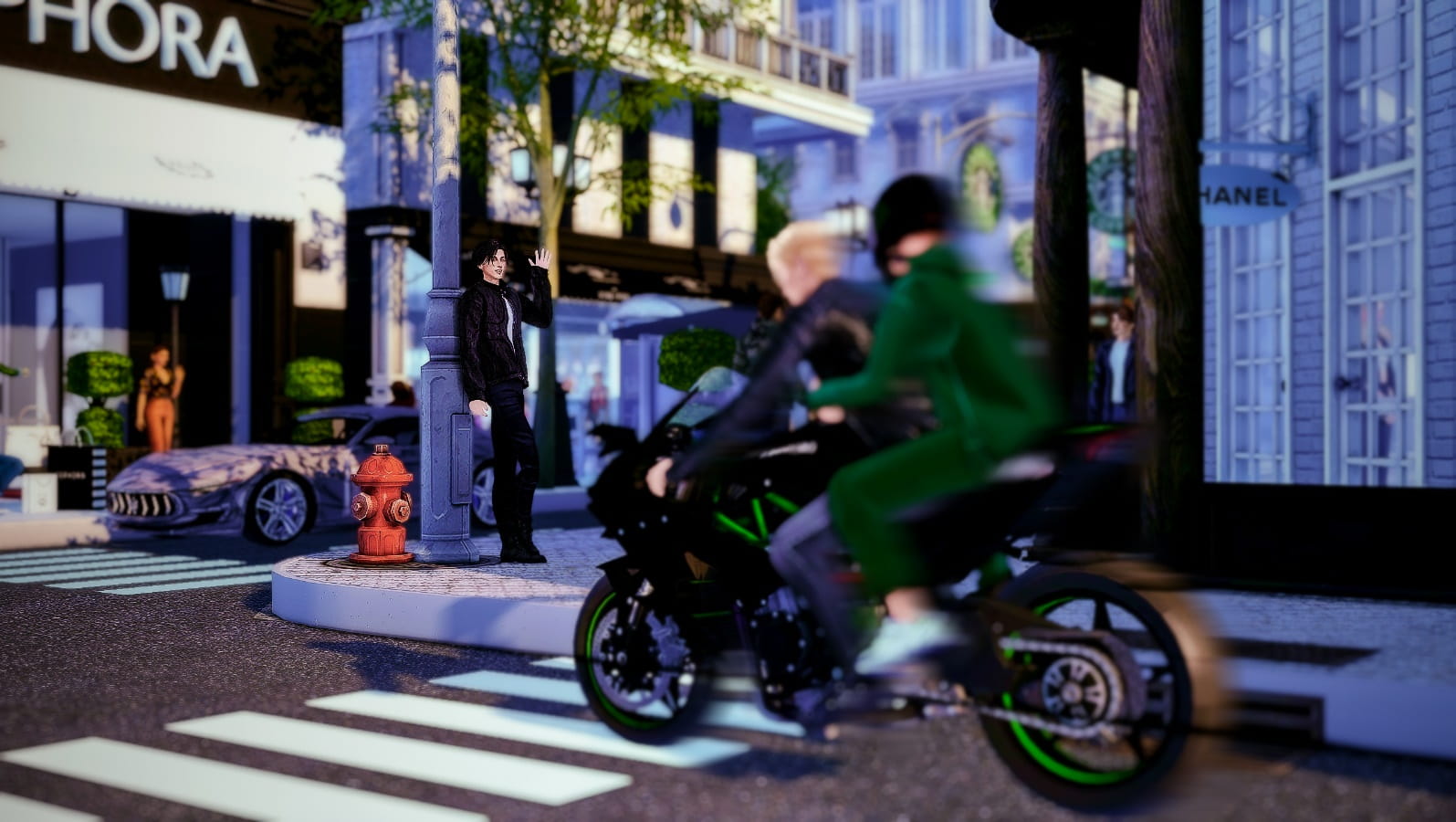
(Screenshot of the Olsen Family)
Flexible for Composition and Framing
The 16:9 format offers more opportunities to apply composition techniques such as the rule of thirds, leading lines, and multi-subject focus. The extra space makes it easier to create balanced and visually appealing compositions, incorporating both background elements and main subjects.
Perception Effect: The wide shape enables multi-layered compositions where different elements of the scene hold equal importance.
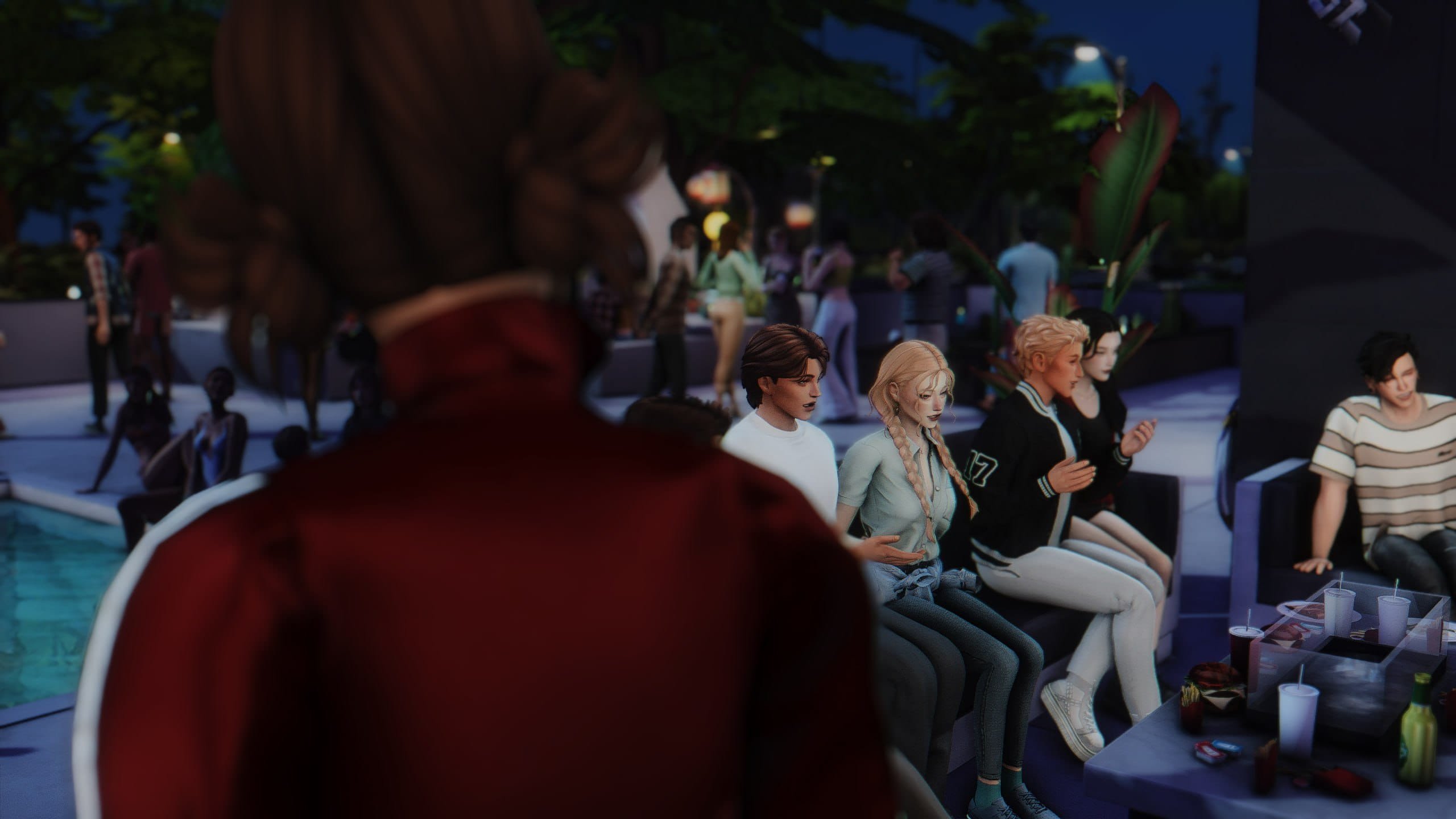
(Screenshot of the «Night Echoes» family)
Use in Storytelling: This format is particularly useful for complex shots that require a balance between the subject and the environment. For example, placing a character on one side of the frame while leaving room for contextual elements on the other enhances visual storytelling.
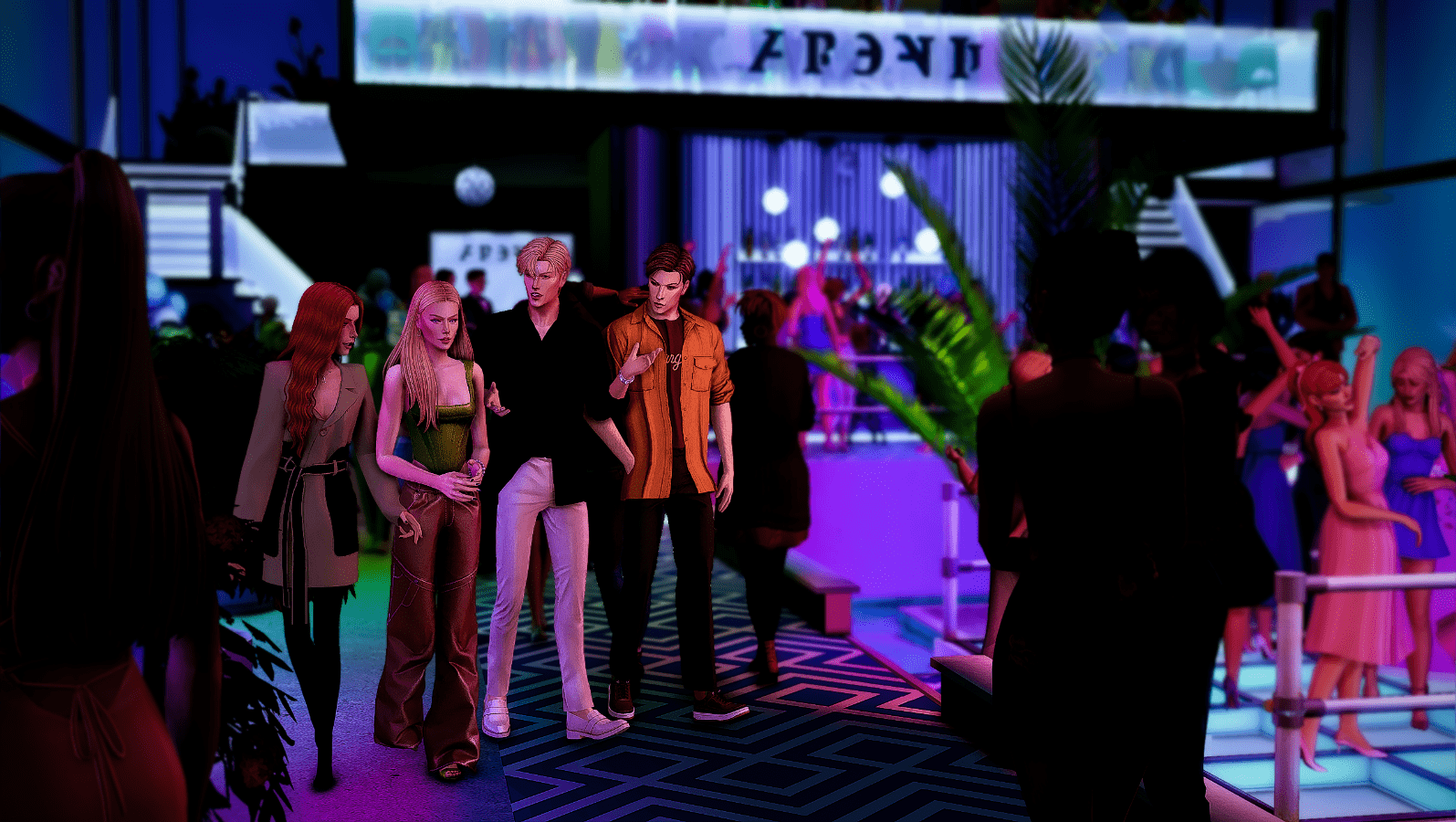
(Screenshot of the Olsen Family)
Ideal for Dialogues and Character Interactions
16:9 provides ample space for framing multiple characters, making it an excellent choice for dialogue scenes. It allows for group interactions to be depicted without sacrificing clarity or focus.
Perception Effect: The wide format makes it easier for viewers to process conversations and interactions, as it naturally accommodates multiple characters in the frame without feeling crowded.
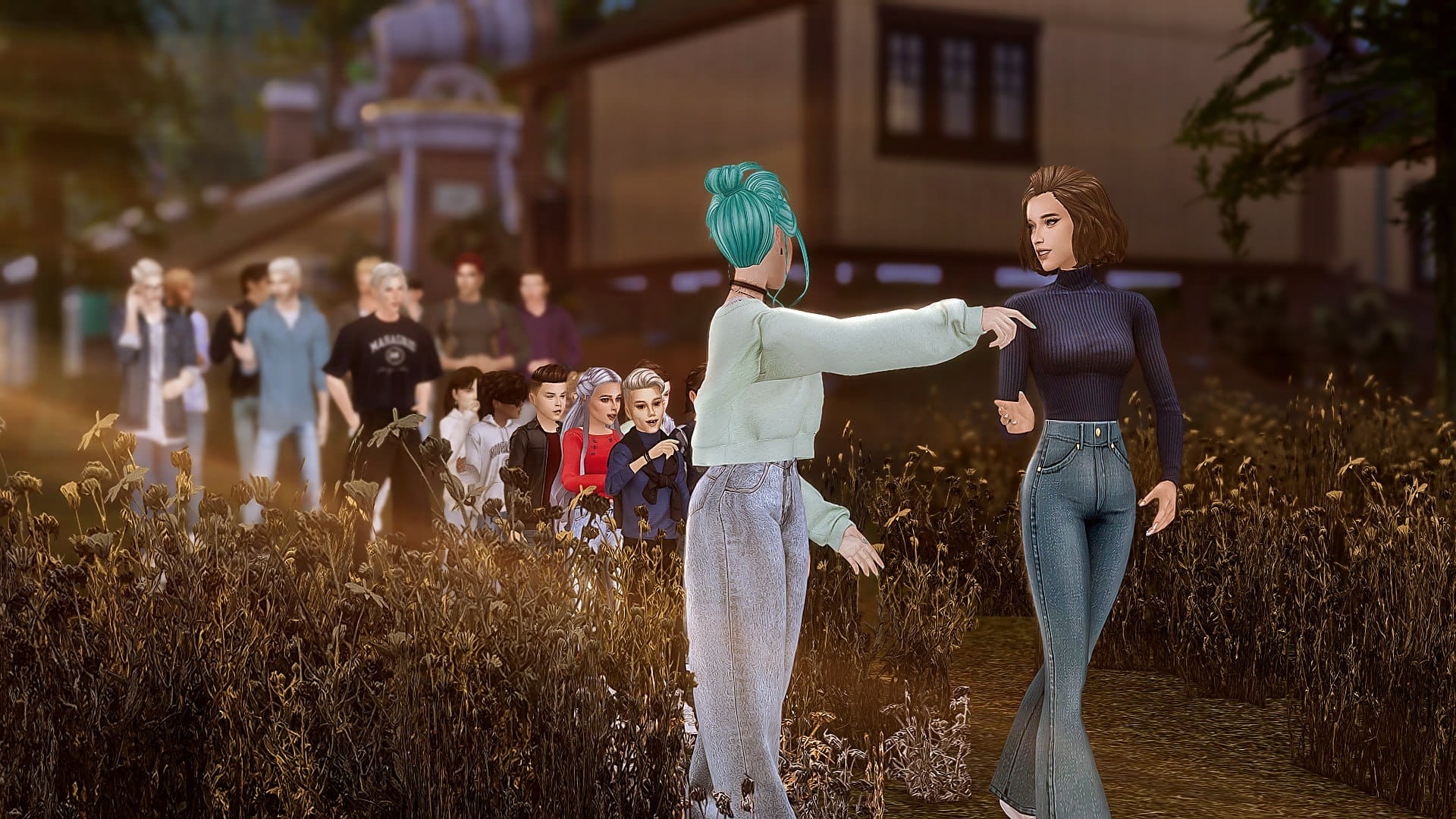
(Screenshot of the "The Black Generation")
Use in Storytelling: Perfect for scenes where character relationships matter. It allows simultaneous display of emotions, body language, and setting context, making interactions more immersive.
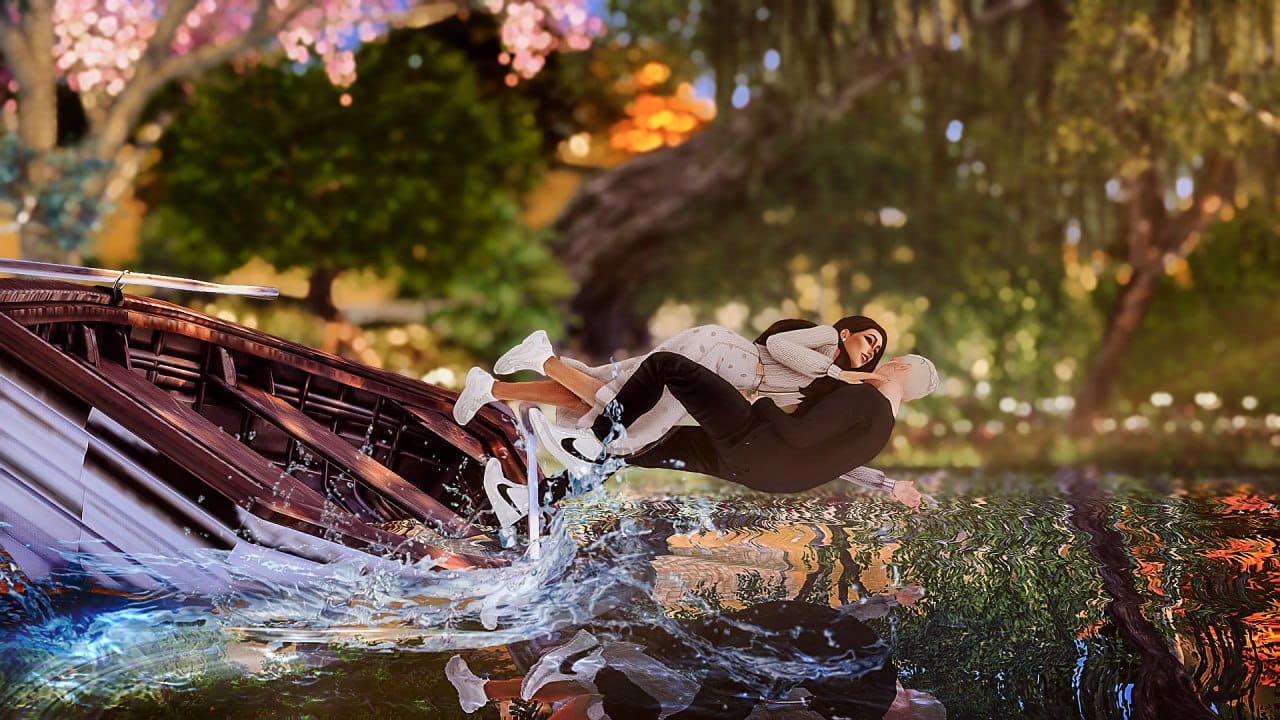
(Screenshot of the "The Black Generation")
Versatility Across Different Platforms and Devices
Since 16:9 has become the industry standard for most modern screens, including TVs, computers, and smartphones, it ensures that content appears consistent across various devices without distortion or cropping.
Perception Effect: Viewers are accustomed to this format, as it aligns with the standard display proportions of most digital content.
Use in Storytelling: The universal appeal of 16:9 makes it the best choice for content designed for a broad audience. It works equally well for online platforms, television, and cinema.
Professional Appeal in Film and Media
This format has become the go-to standard for modern cinema and TV productions. It allows for visually stunning and detailed frames that enhance immersion and professional storytelling.
Perception Effect: 16:9 is widely used in filmmaking and television to create visually compelling shots with rich details. It enhances atmosphere, boosts viewer engagement, and provides ample creative space.
Use in Storytelling: Commonly used in film, TV, and online media where high-quality, cinematic visuals are essential.
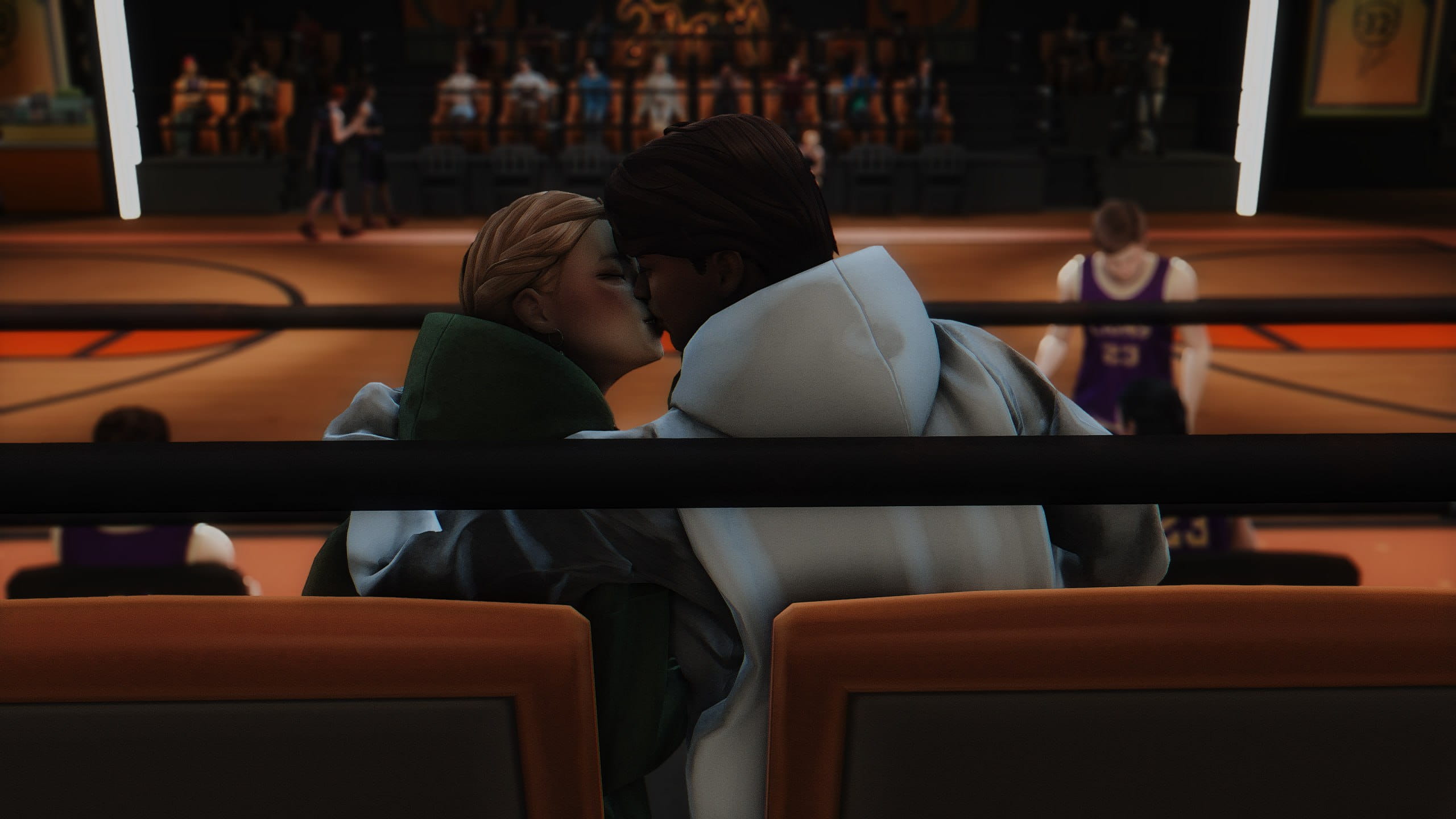
(Screenshot of the "Night Echoes" family)
4:3 – The Classic Format
The 4:3 format was once the standard for television screens and older cameras. Today, it is perceived as more compact and "classic", making it ideal for creating a retro effect or drawing attention to a single subject.
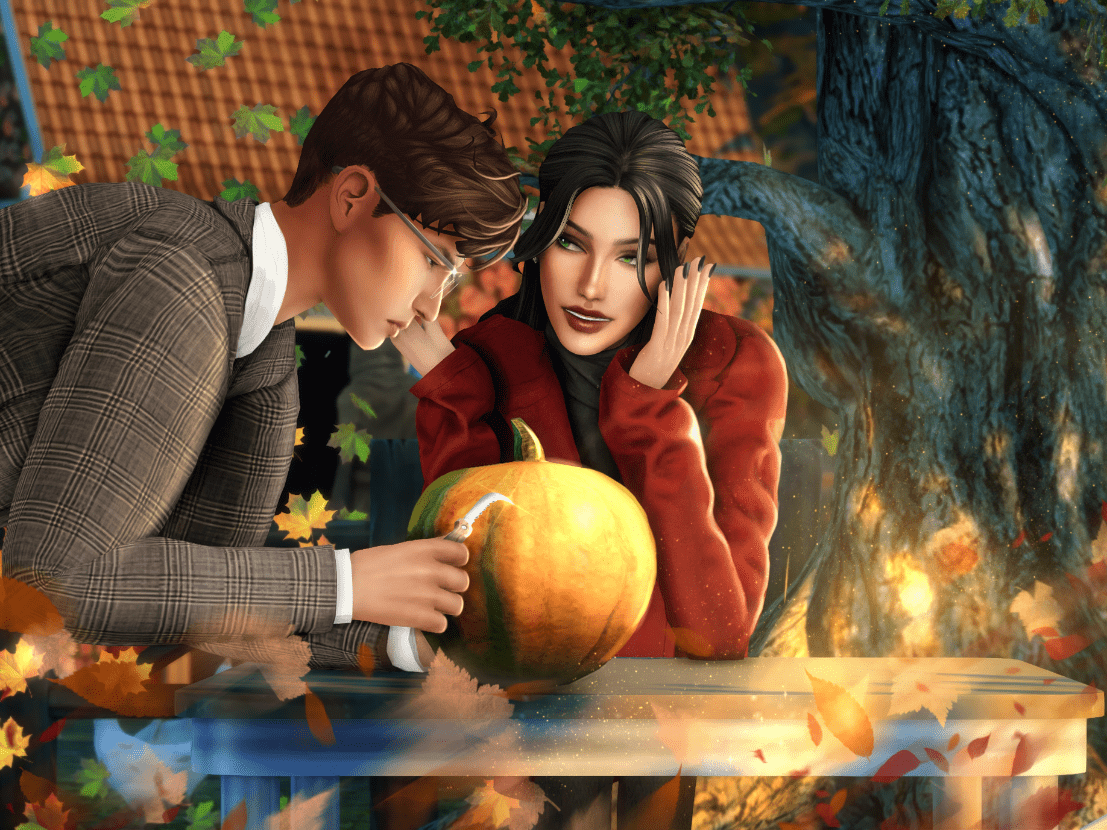
(Screenshot of the Artego Family)
Intimacy and Focus on the Main Subject
Due to its more square-like shape, the 4:3 format naturally directs the viewer’s attention to the center of the frame. This makes it perfect for images where emotions or details related to characters or key objects are essential.
Perception Effect: In a 4:3 frame, viewers are less distracted by side details, creating a more personal and intimate experience. This enhances engagement with the scene.

(Screenshot of the Artego Family)
Use in Storytelling: This format is excellent for scenes that require a strong focus on a single main subject or character. By eliminating unnecessary background distractions, it makes the scene feel deeper and more personal.
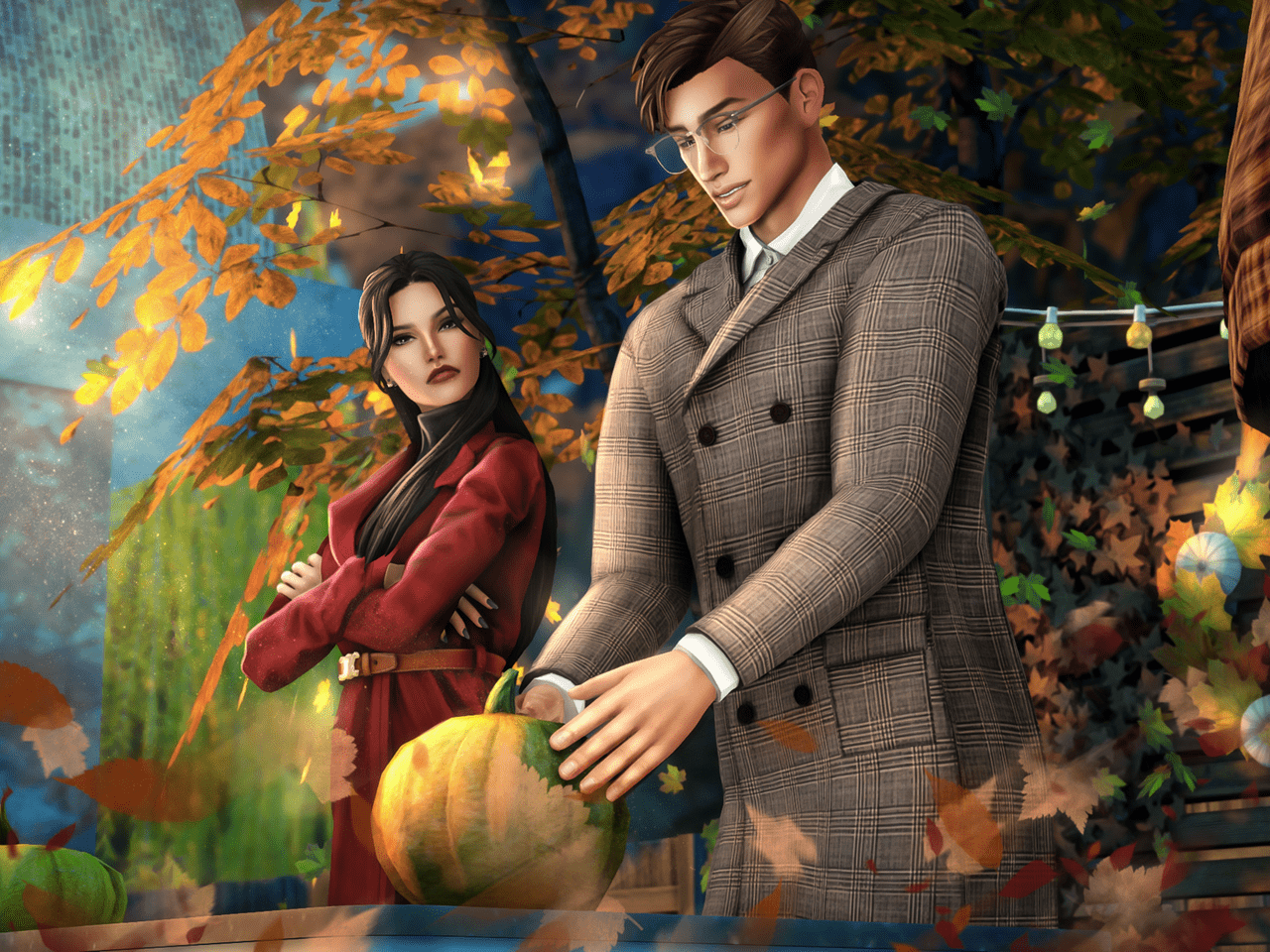
(Screenshot of the Artego Family)
Stability and Balanced Composition
Thanks to its proportional shape, the 4:3 format is often perceived as more stable and well-balanced. It allows for harmonious compositions where all elements are evenly distributed, creating a visually complete frame.
Perception Effect: The viewer perceives such a frame as more "calm", as the lack of excessive width prevents visual overload. This helps establish a sense of harmony and balance.
Use in Storytelling: This format is ideal for static shots or conversations between characters. It conveys a sense of tranquility and order, making it well-suited for dramatic or emotional scenes.
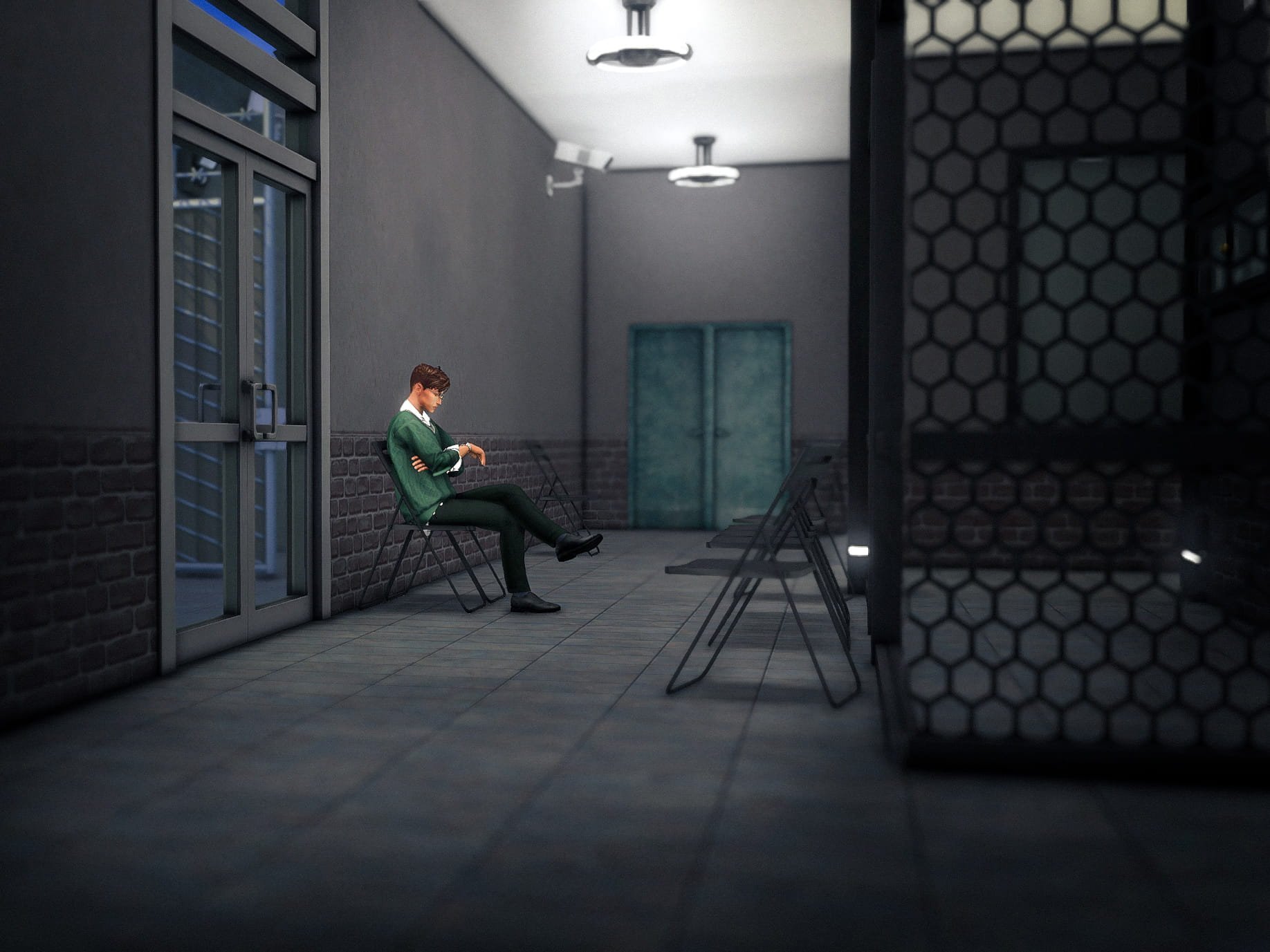
(Screenshot of the Artego Family)
Tradition and Nostalgic Effect
The 4:3 format is strongly associated with classic imagery and films, adding an extra nostalgic touch to your content. Using this format can be a deliberate artistic choice to emphasize retro aesthetics or recreate the atmosphere of past eras.
Perception Effect: The use of 4:3 may evoke associations with the past, such as old films or vintage photographs. This can help establish a particular mood or aesthetic characteristic of classic time periods.
Use in Storytelling: This format is often used to create historical context or establish a sense of the past. It is especially relevant for projects aiming to evoke a retro effect or incorporate vintage aesthetics.
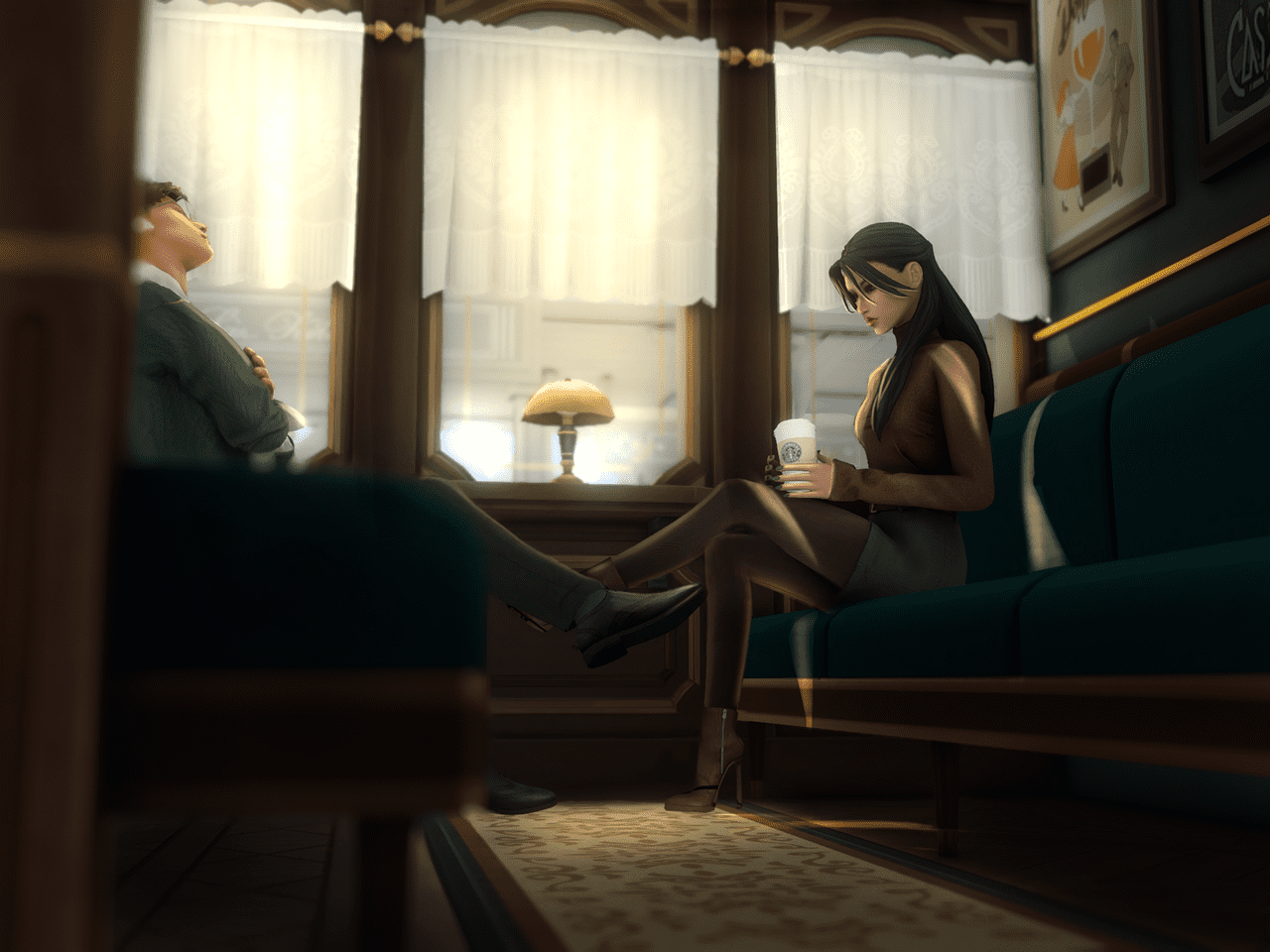
(Screenshot of the Artego Family)
Efficiency in Limited Space
The 4:3 format is also useful when framing space is restricted, such as when shooting in small rooms or when the goal is to highlight a single detail or character in the frame. Its narrower and shorter shape helps eliminate unnecessary elements and focus attention on the main subject.
Perception Effect: This format helps direct focus to a single subject, avoiding excessive details and ensuring the viewer’s attention is placed where it matters most.
Use in Storytelling: Ideal for shots in confined spaces, such as indoor environments where the emphasis should be on a character or a specific detail without excessive background or surrounding elements.
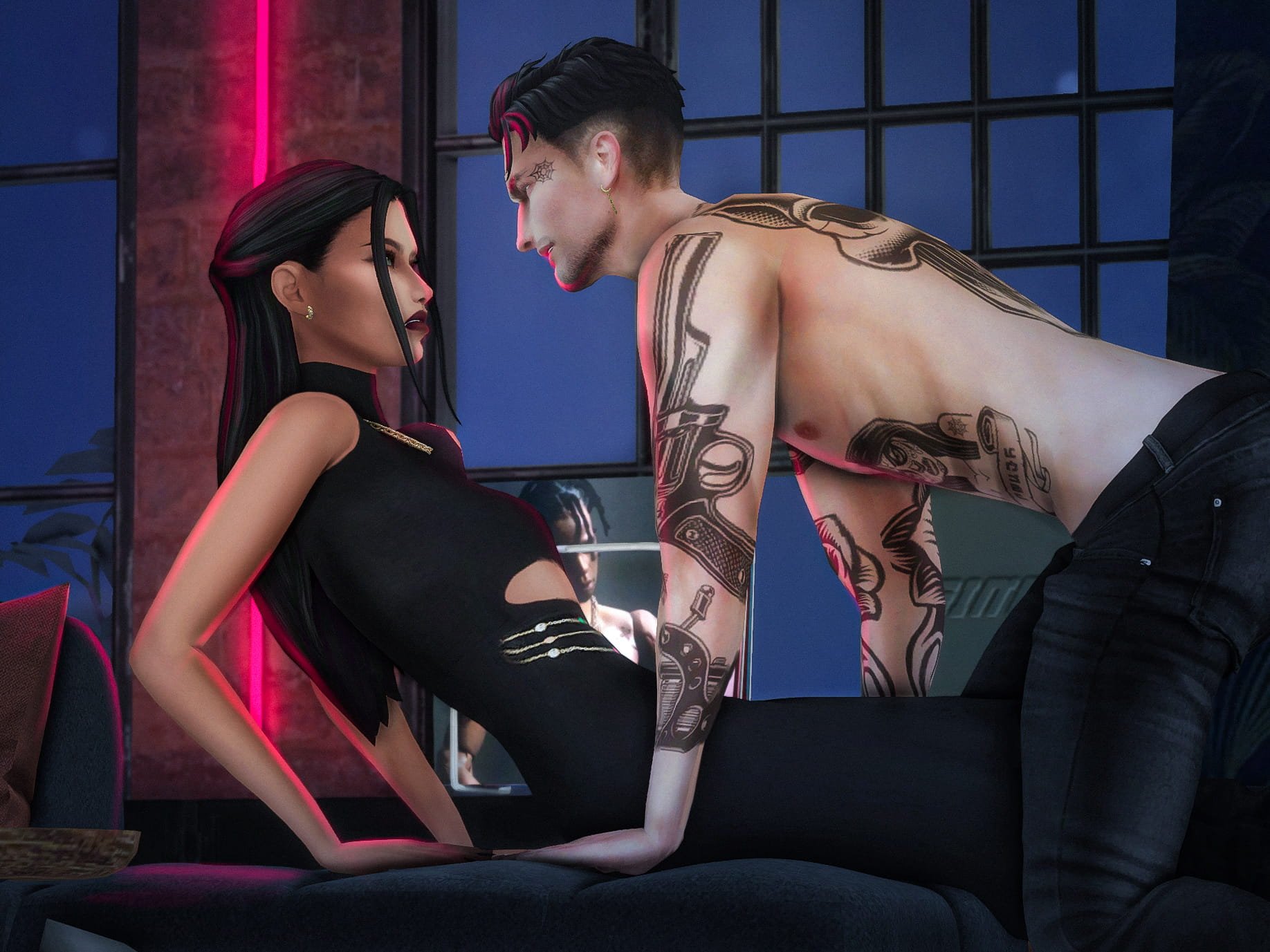
(Screenshot of the Artego Family)
Versatility for Various Types of Content
The 4:3 format is not only useful for classic-style shots but also for creating content that looks good across different media platforms, including older televisions or screens with non-standard proportions.
Perception Effect: Viewers perceive this format as familiar and recognizable, especially in the context of both digital and classic media.
Use in Storytelling: This format is convenient for producing images that work well on various devices and platforms where the traditional 4:3 aspect ratio remains relevant.
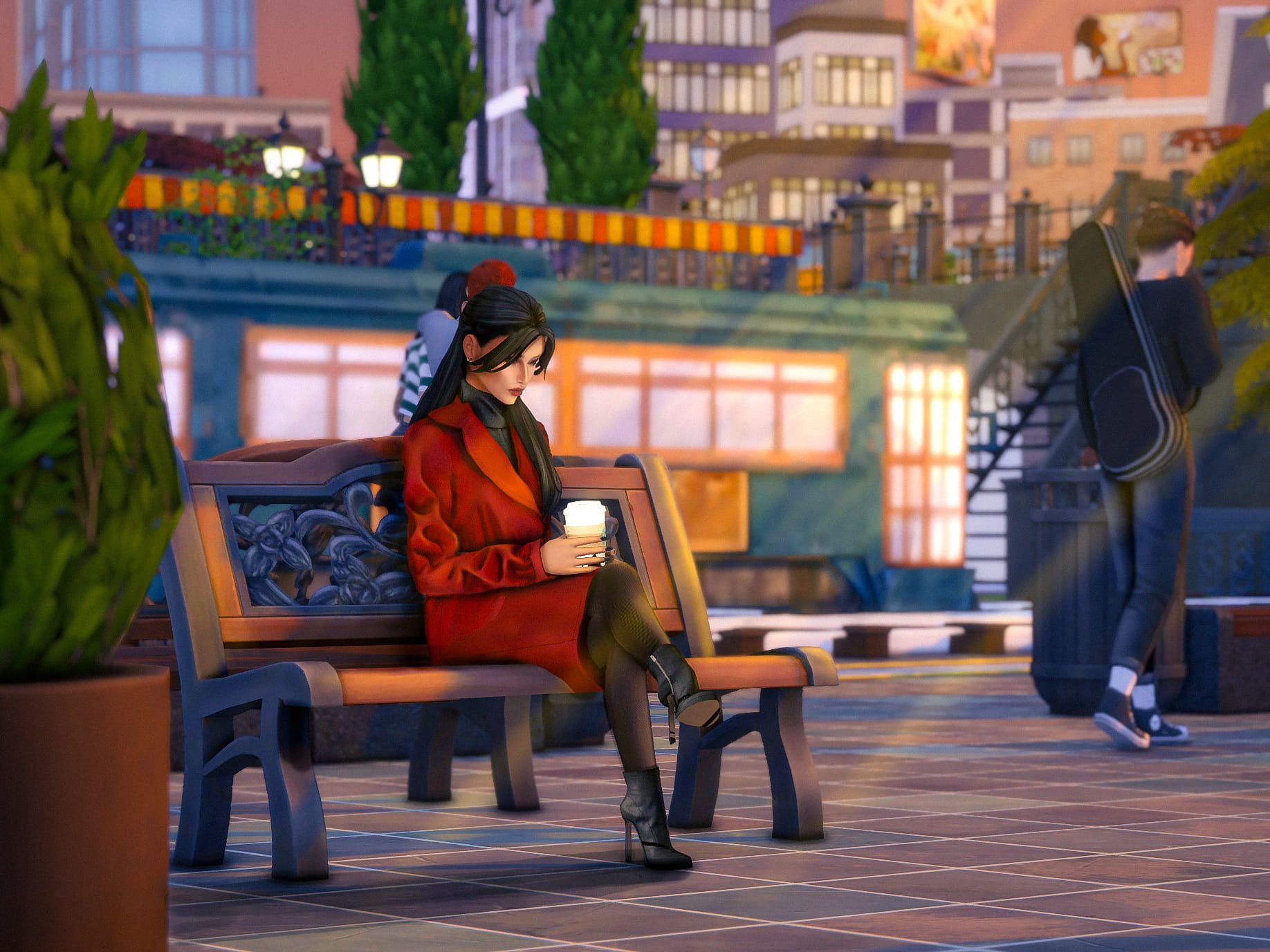
(Screenshot of the Artego Family)
1:1 – The Square Format
The 1:1 format is a perfectly square frame that is becoming increasingly popular due to its versatility and appeal across social media and various platforms. It allows for a balanced and harmonious composition, making it ideal for visual content. Let’s explore the key advantages of the 1:1 format.
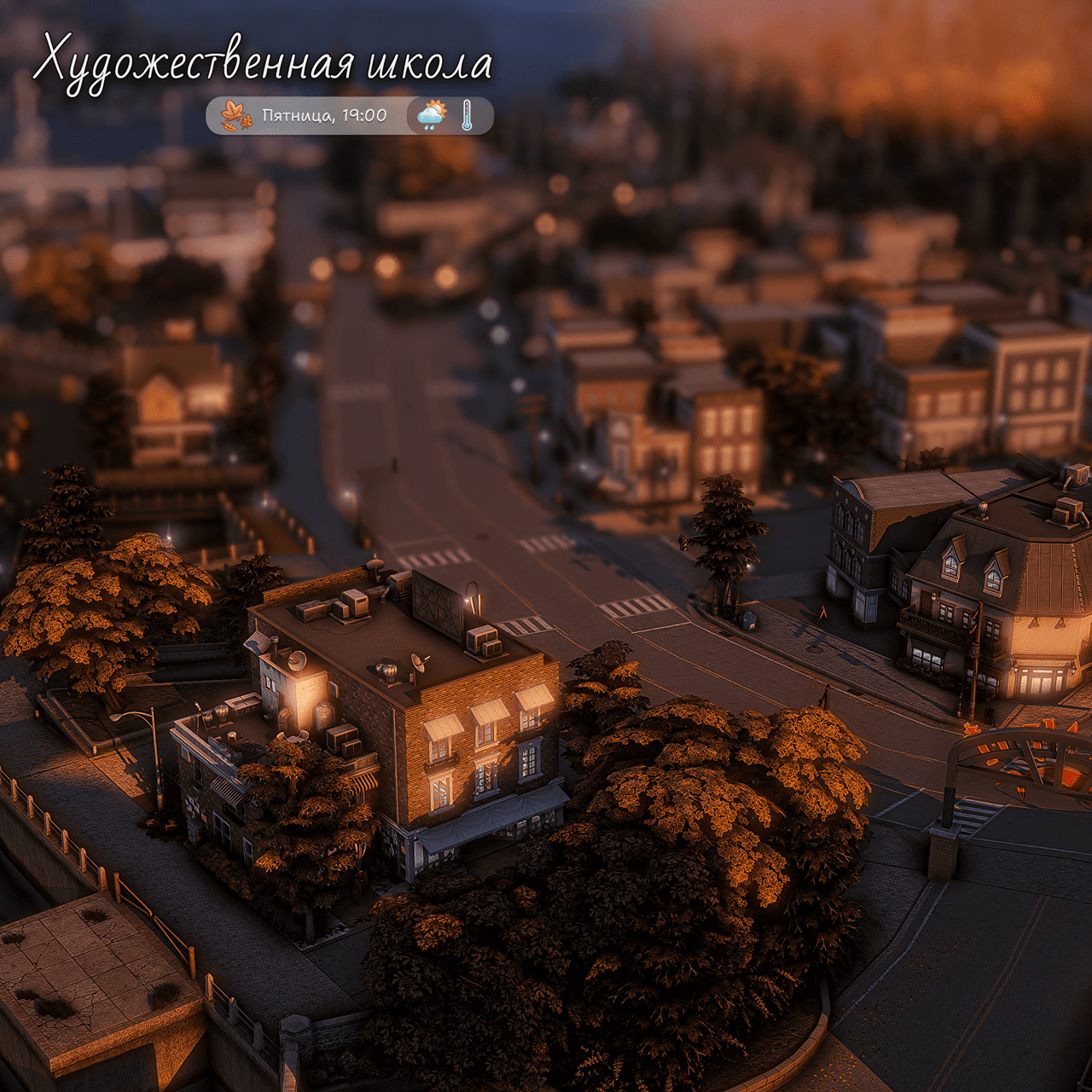
(Screenshot of the Rayt Family)
Harmony and Balance
The square format creates a well-balanced image where elements are evenly distributed both horizontally and vertically. This results in an aesthetically pleasing and harmonious composition, as the viewer is not distracted by asymmetrical elements or excessive empty space.
Perception Effect: Square images appear balanced and cohesive, making them visually comfortable and easy on the eyes.
Use in Storytelling: The 1:1 format helps focus the viewer’s attention on the central subject or a key detail, creating a clear and straightforward composition.
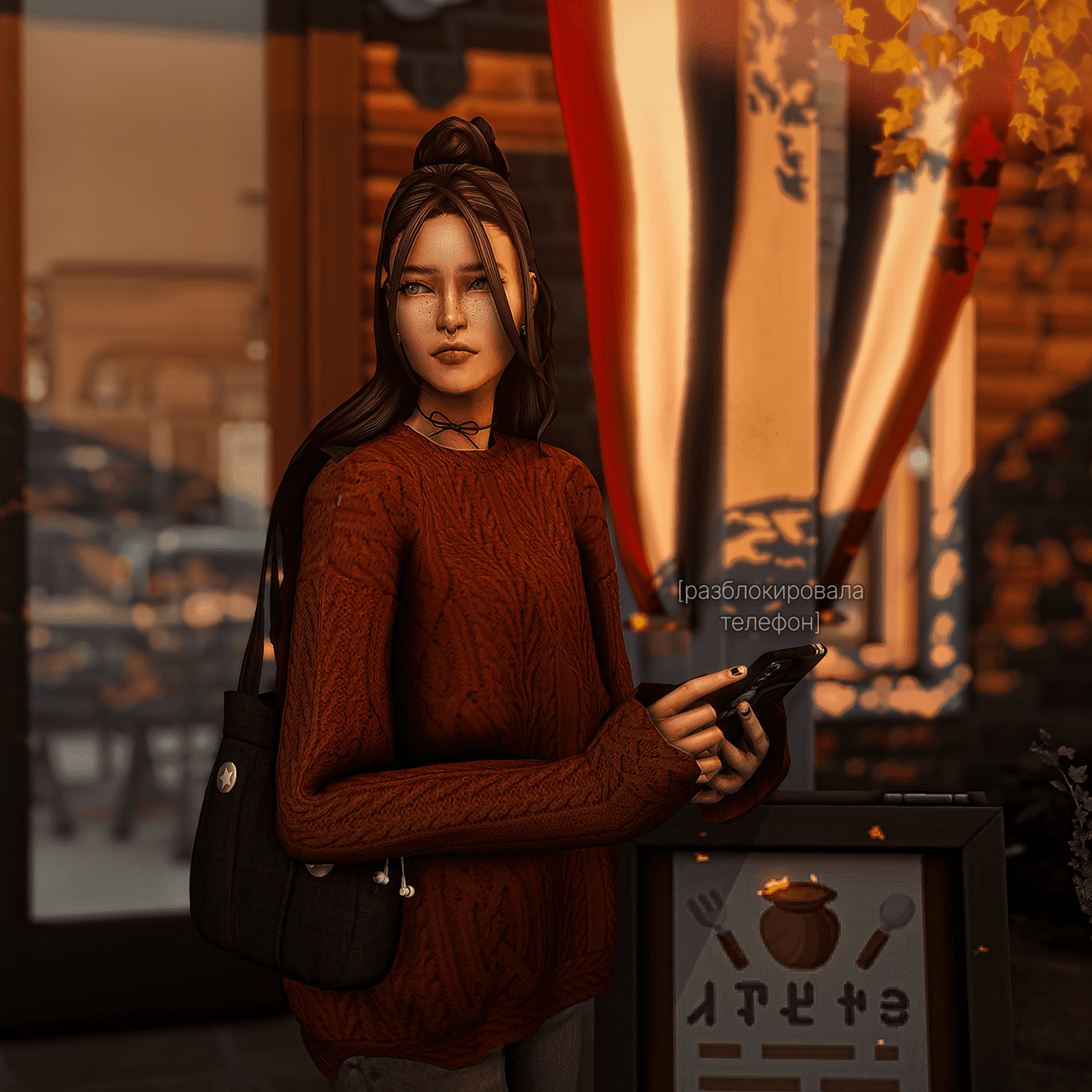
(Screenshot of the Rayt Family)
Versatility and Adaptability
The 1:1 format is perfect for a variety of platforms, especially social media. It is widely used across social networks since it looks great both in feed posts and user profiles.
Perception Effect: The square format is universally easy to view across different devices, from smartphones to desktops. Its appeal remains consistent regardless of the screen it’s displayed on.
Use in Storytelling: For content that needs to look great on all platforms, the 1:1 format is the ideal choice. It ensures a visually appealing appearance on both mobile and large screens.
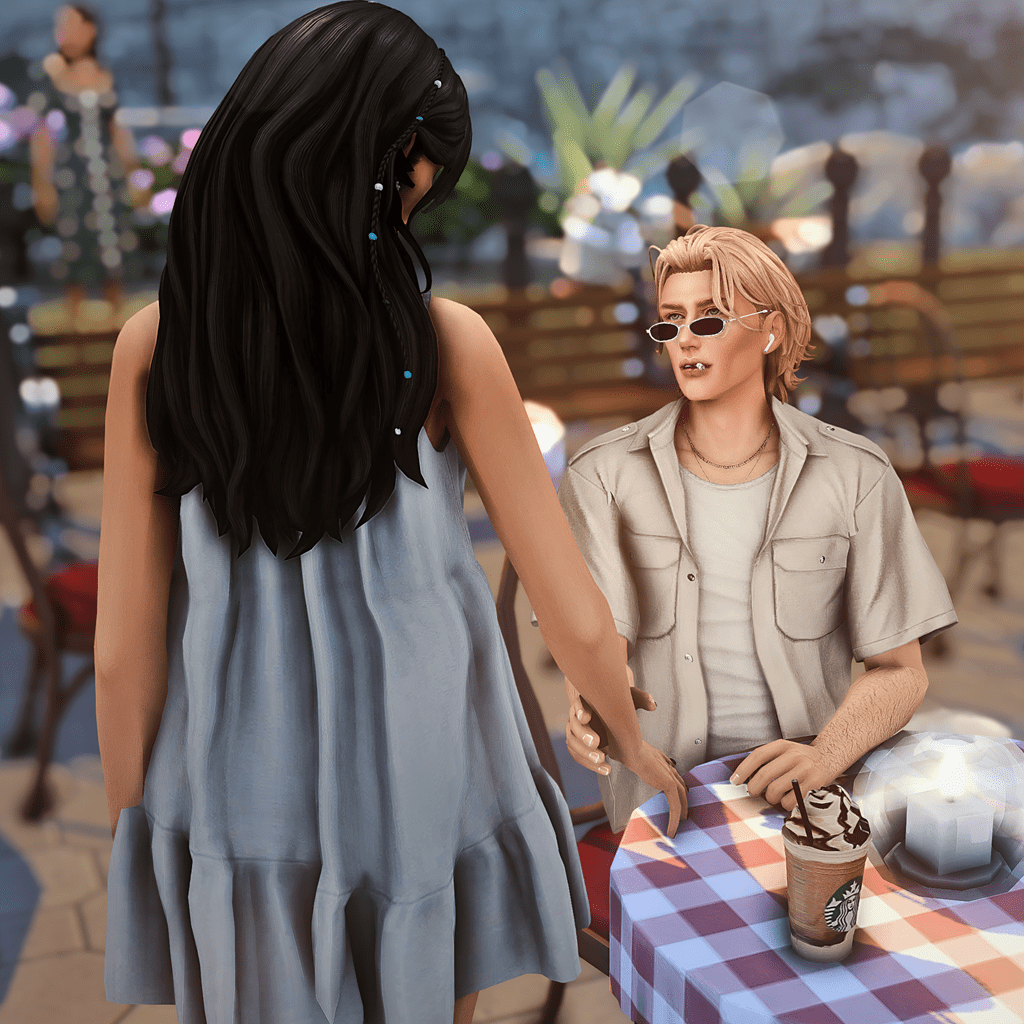
(Screenshot of the Rayt Family)
Emphasis on the Central Subject
Since the square format naturally draws attention to the center, it is often used for portrait photography or highlighting important details, ensuring that the viewer’s focus remains on the key element of the image.
Perception Effect: The square format enhances central composition, directing attention to the main subject. This helps avoid clutter and ensures a strong visual impact.
Use in Storytelling: This format is ideal for portraits, product shots, or scenes where a specific detail needs to be emphasized.
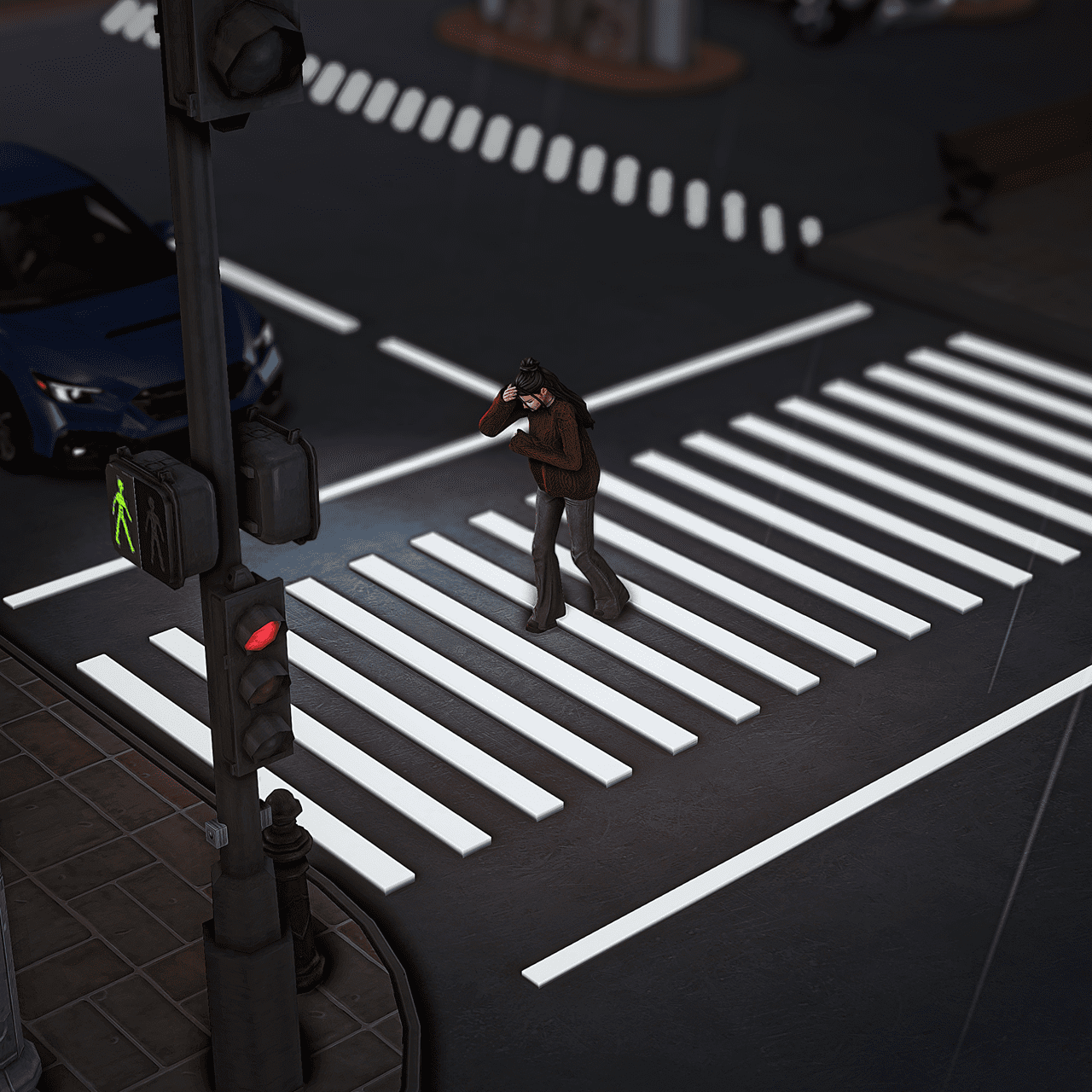
(Screenshot of the Rayt Family)
Convenience for Creative Solutions
The square format offers greater creative freedom in composition since its equal dimensions allow for harmonious element placement within the frame. This is especially useful for visual storytelling or when combining multiple objects within a single image.
Perception Effect: Thanks to its symmetrical space, square frames allow elements to be organized in a way that feels natural and aesthetically pleasing.
Use in Storytelling: The 1:1 format enables the creation of interesting compositions, whether centering elements symmetrically or incorporating dynamic elements to add movement to the frame.
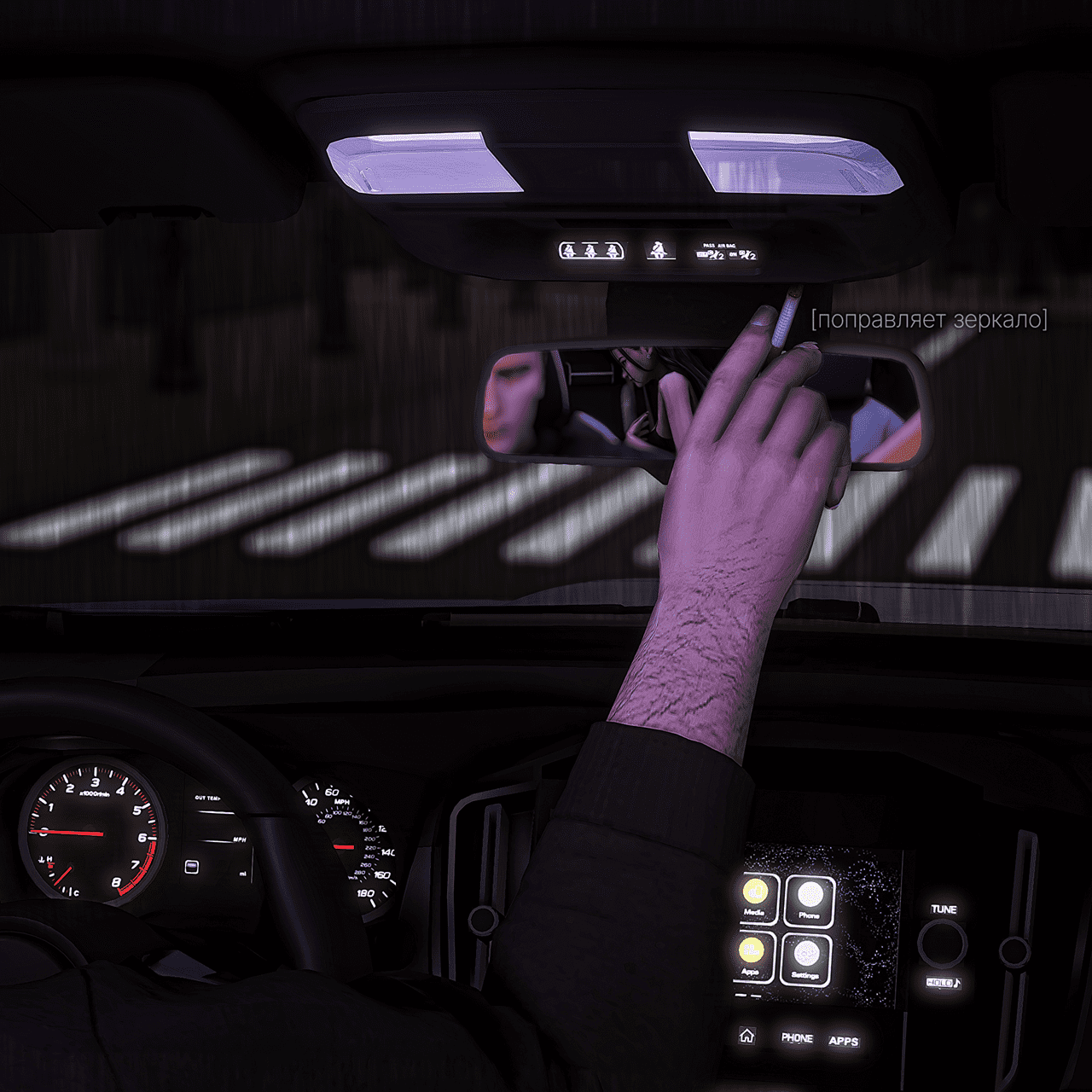
(Screenshot of the Rayt Family)
Modern and Stylish Aesthetic
The square format has become a symbol of modern visual trends, with its clean and stylish aesthetic drawing attention. It has gained popularity in digital art, fashion photography, minimalist design, and advertising.
Perception Effect: The square format is perceived as sleek and minimalistic, making it ideal for contemporary visuals meant to look elegant and sophisticated.
Use in Storytelling: This format helps maintain modern trends and create visual content that aligns with current aesthetic preferences.
Ultimately, the choice of screenshot format depends on the effect you want to achieve: The 16:9 format provides ample space for wide scenes and dynamic shots. The 4:3 format is best for more intimate and focused narratives. The 1:1 format is perfect for stylish and compact compositions where every detail matters.
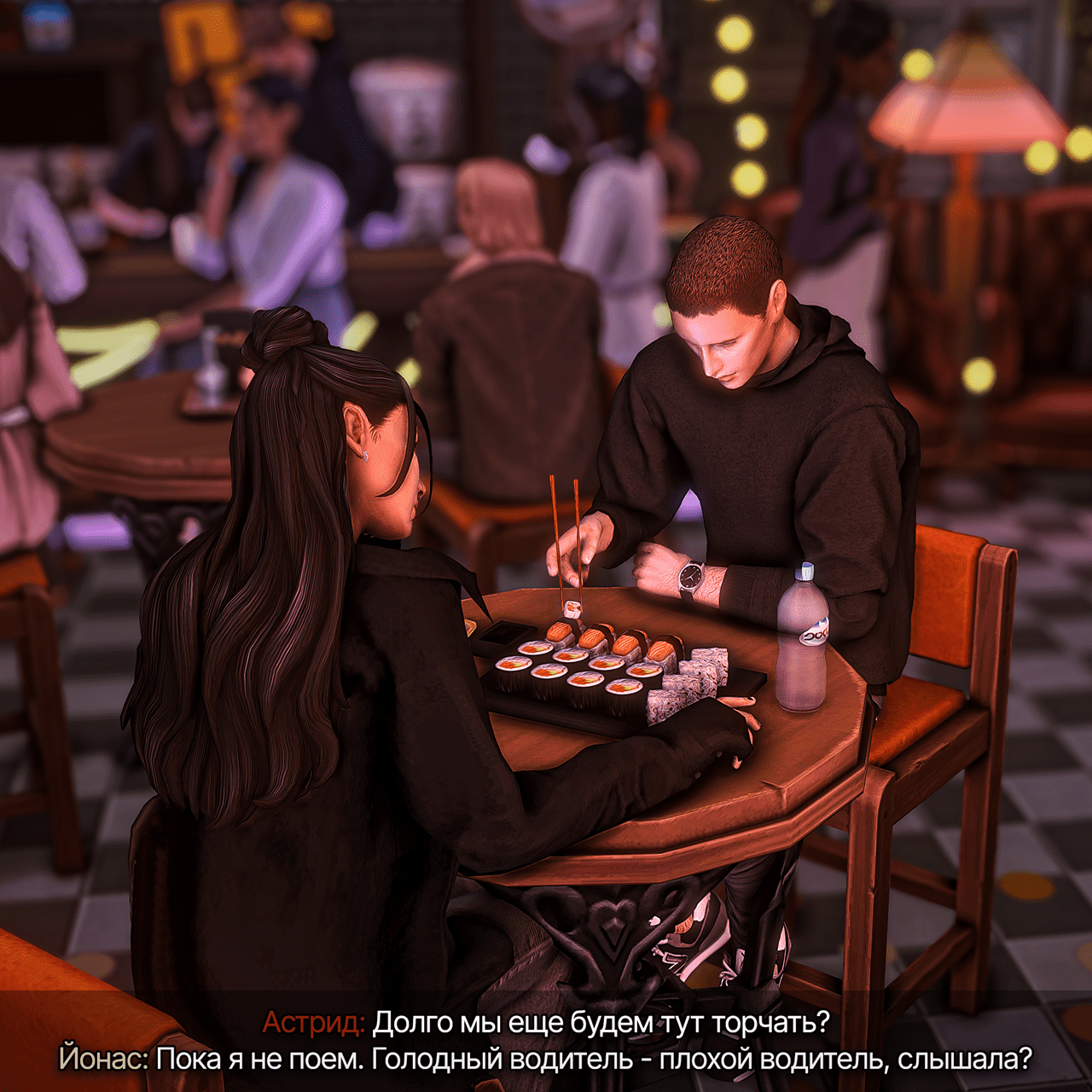
(Screenshot of the Rayt Family)
5. Camera Angles: The Impact of Perspective on Perception
A camera angle is the viewpoint from which the observer sees the subject. The angle can dramatically alter the perception of a scene, conveying different emotional tones and meanings. It influences how the audience perceives characters, their relationships with the surrounding world, and their interactions with one another. Let's explore some key camera angles and their significance in storytelling.
Low Angle – Looking Up
A low-angle shot, where the camera is positioned below the subject and tilted upward, creates an effect of grandeur and dominance. This perspective is often used to portray a character or object as powerful, imposing, or authoritative. It can also enhance the sense of threat or significance in scenes where the subject appears strong and commanding.
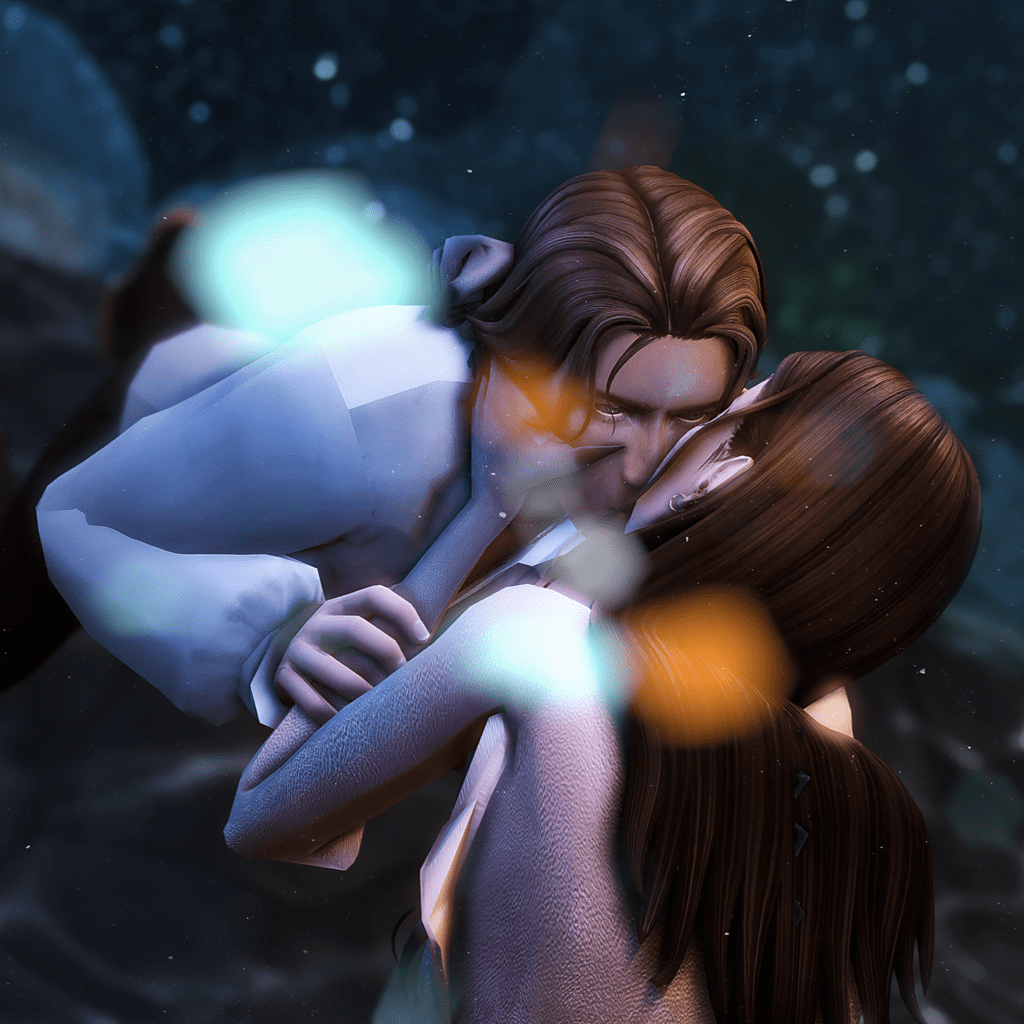
(Screenshot of the Rayt Family)
Perception Effect: A low angle makes objects and characters visually more imposing, emphasizing their importance and strength. This technique is effective for creating striking scenes, such as when a hero stands on a pedestal or when a massive, powerful object is in view.
Use in Storytelling: This angle is ideal for scenes where a character needs to appear confident, powerful, or even menacing. It can also be used to create a dramatic contrast between the character and their surroundings.
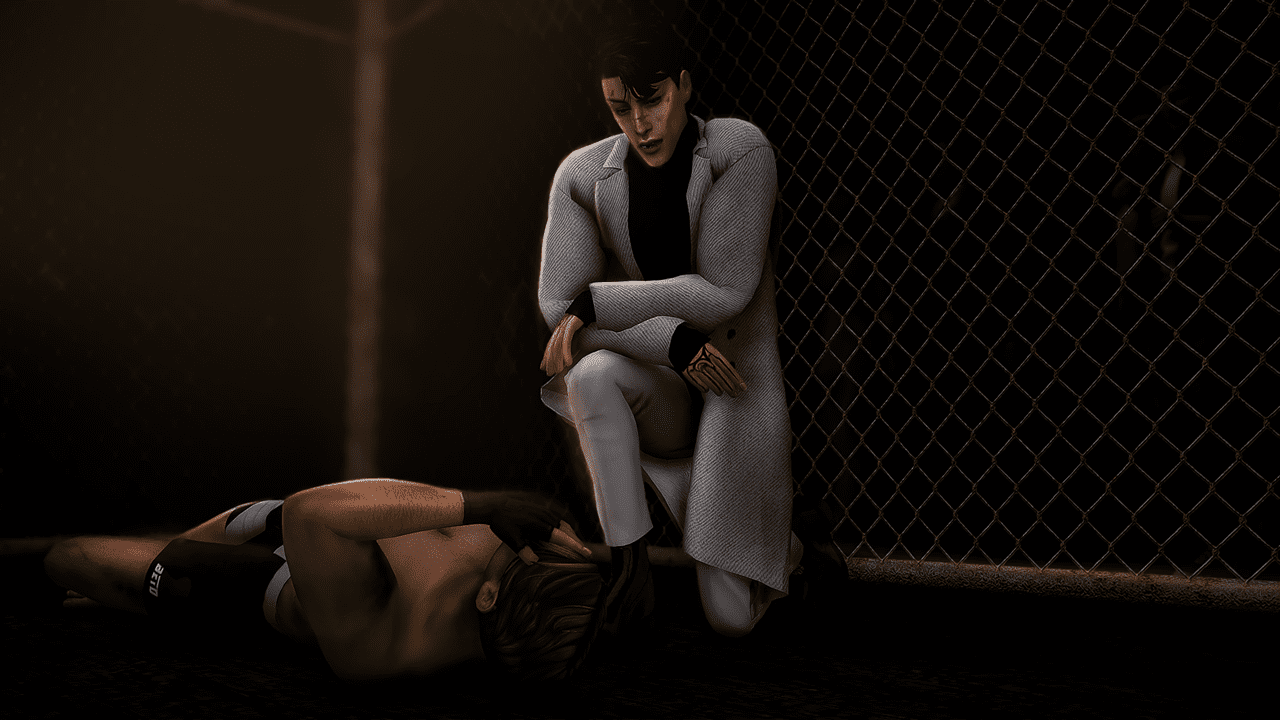
(Screenshot of the «The Black Generation»)
High Angle – Looking Down
A high-angle shot, where the camera is positioned above the subject and tilted downward, is often used to diminish the character's presence or highlight their vulnerability. This angle can make the subject appear small, weak, or submissive.
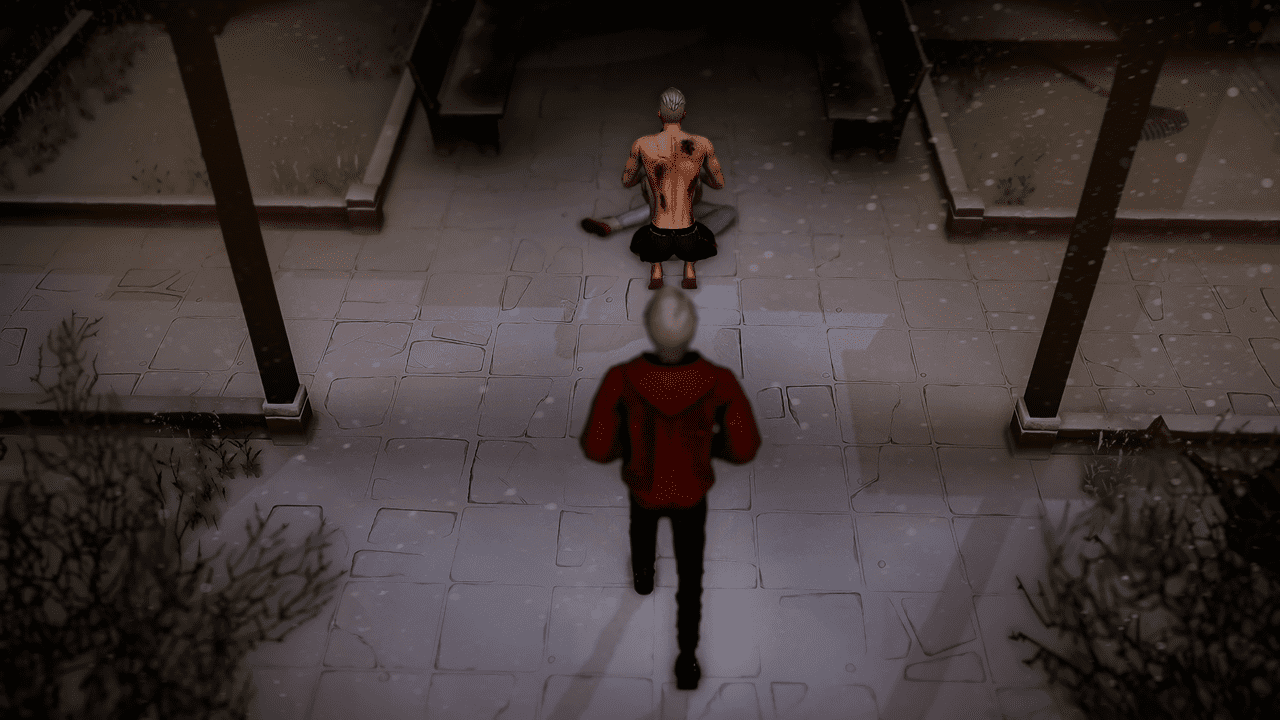
(Screenshot of the «The Black Generation»)
Perception Effect: A high angle reduces the perceived size of the subject, making them look more vulnerable. It can create a sense of helplessness or isolation, adding to the emotional weight of the scene.
Use in Storytelling: This angle works well when emphasizing a character’s lack of power or self-determination. It can also be used to create a sense of distance between the viewer and the subject.
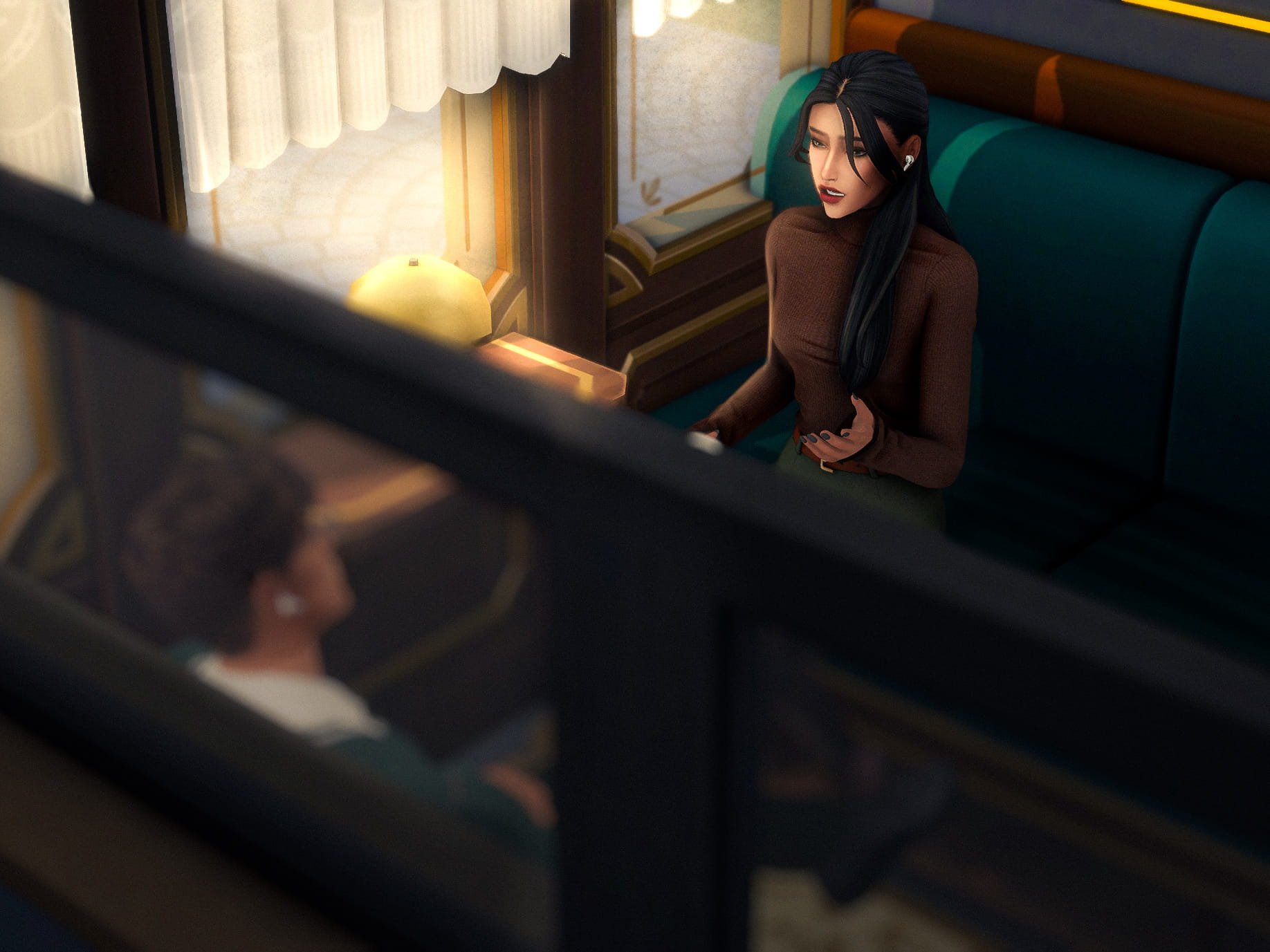
(Screenshot of the Artego Family)
Eye-Level Angle – A Neutral Perspective
An eye-level shot is the most neutral and natural camera angle. It presents reality as it is, without exaggerating or downplaying the significance of objects or characters. In this perspective, the viewer is on the same level as the characters, fostering a sense of equality and engagement.

(Screenshot of the Olsen Family)
Perception Effect: An eye-level shot creates a balanced and realistic perception of the scene. This angle allows the audience to feel as if they are in the same space as the characters.
Use in Storytelling: The eye-level angle is ideal for scenes where character interactions are on equal terms. It enhances realism and credibility, making it effective for conveying human emotions and social relationships.
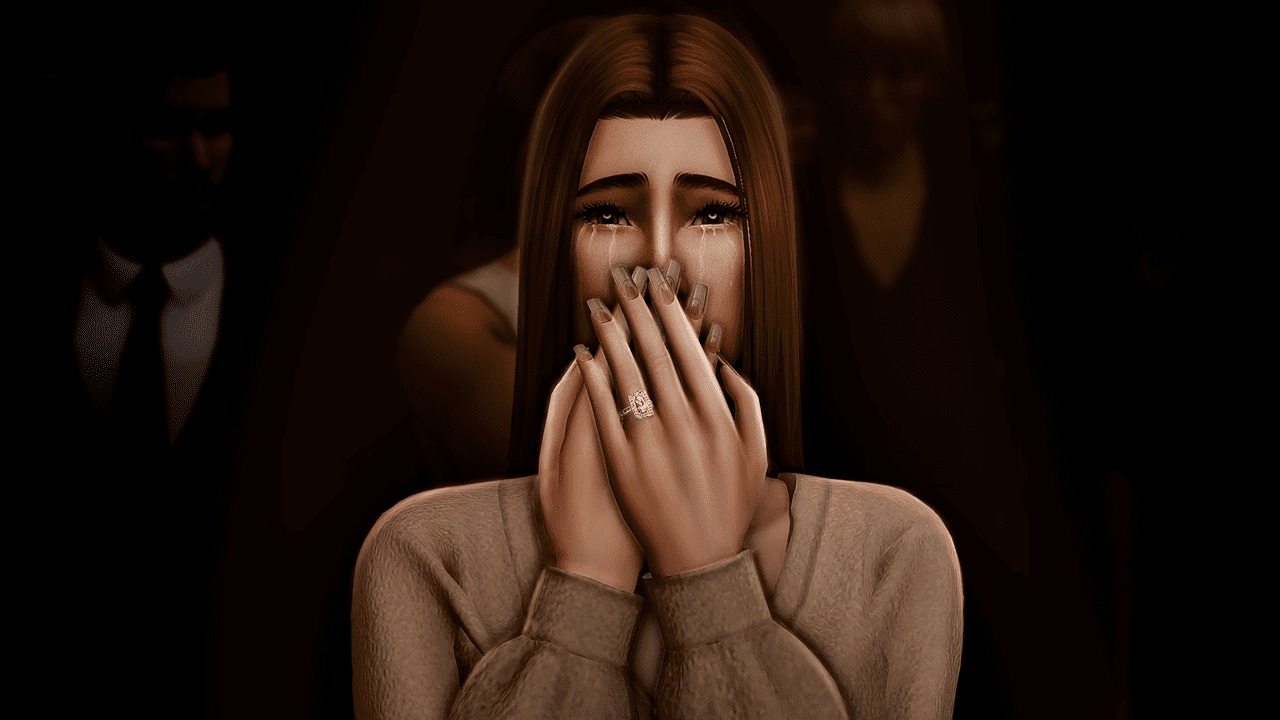
(Screenshot of the «The Black Generation»)
Side Angle – A View from the Side
A side-angle shot captures the scene from an angled perspective, which can create a sense of distance or secrecy. It is a useful technique for adding dynamism to a shot and for showcasing characters in motion or interacting while emphasizing their surroundings.
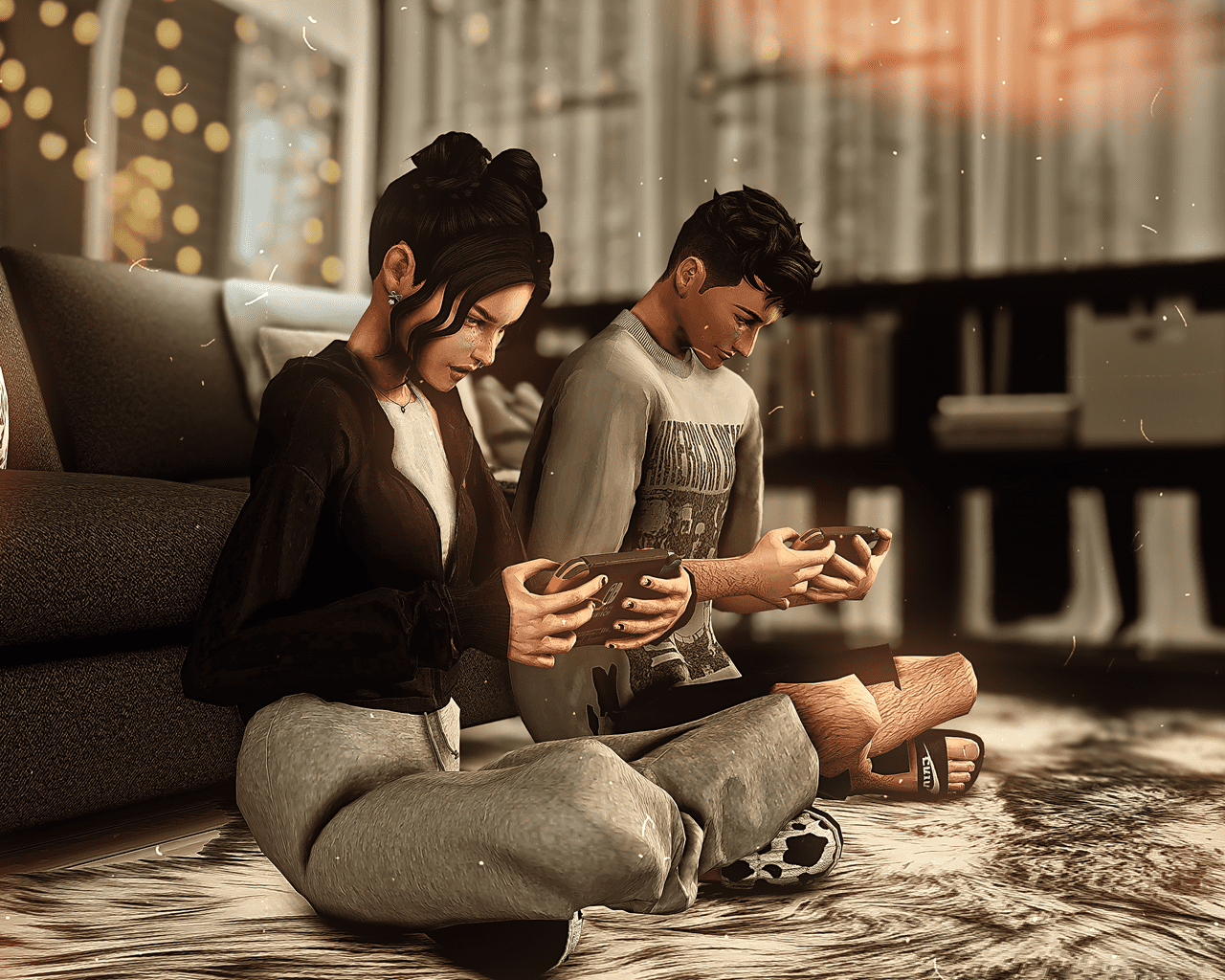
(Screenshot of the Rayt Family)
Perception Effect: A side angle can make the audience feel like an observer watching events unfold. It can add intrigue or mystery, as not everything in the scene is immediately visible.
Use in Storytelling: This angle is often used in scenes where character actions or movement need to be emphasized, adding a sense of dynamic engagement. It is also useful for establishing context, especially when characters are interacting with their environment or one another.
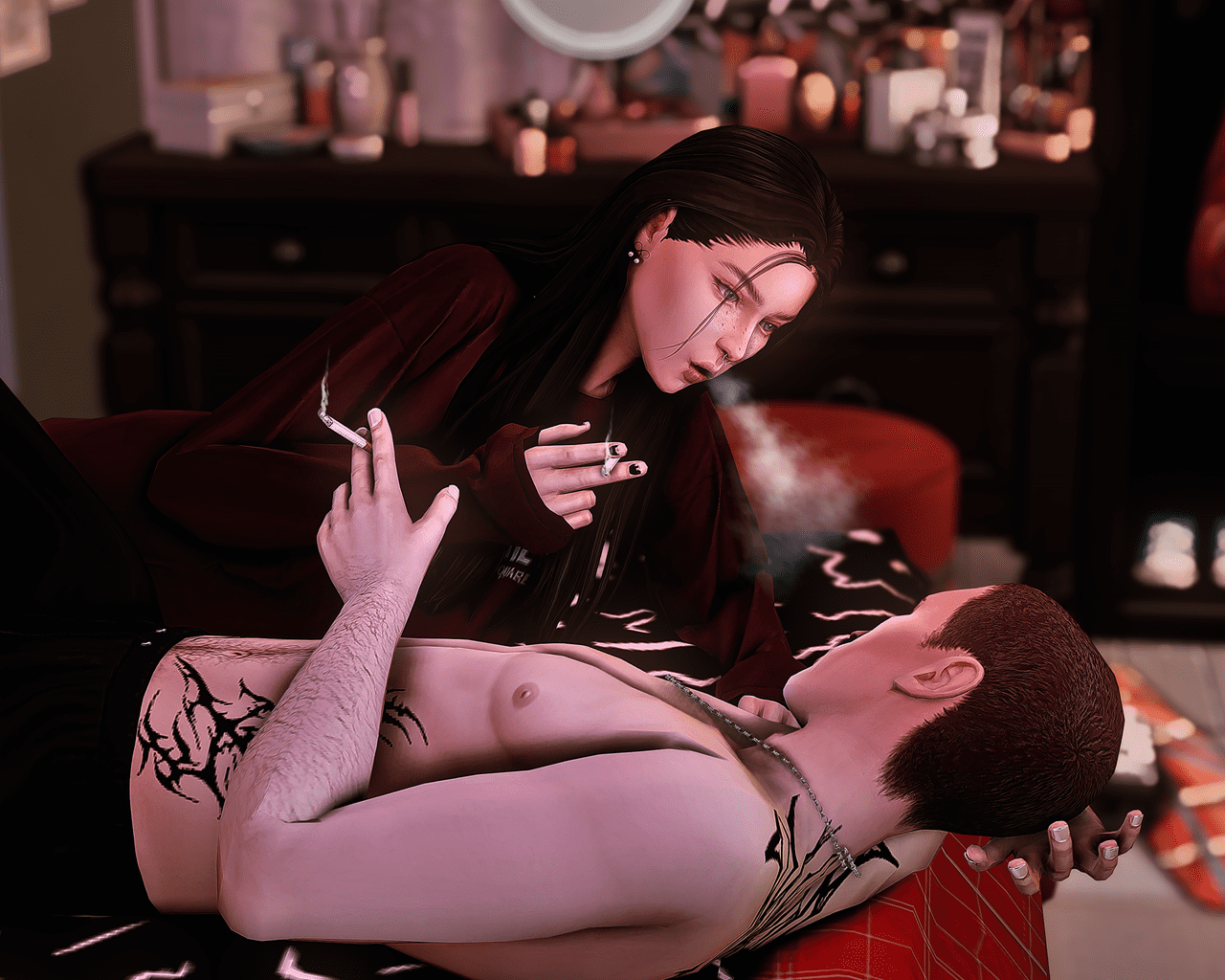
(Screenshot of the Rayt Family)
First-Person Perspective – Seeing Through the Character’s Eyes
A first-person shot allows the audience to see the scene through the eyes of a character, immersing them in the character’s perception and emotions. This technique is frequently used to maximize audience identification with the character, making them feel what the character feels.
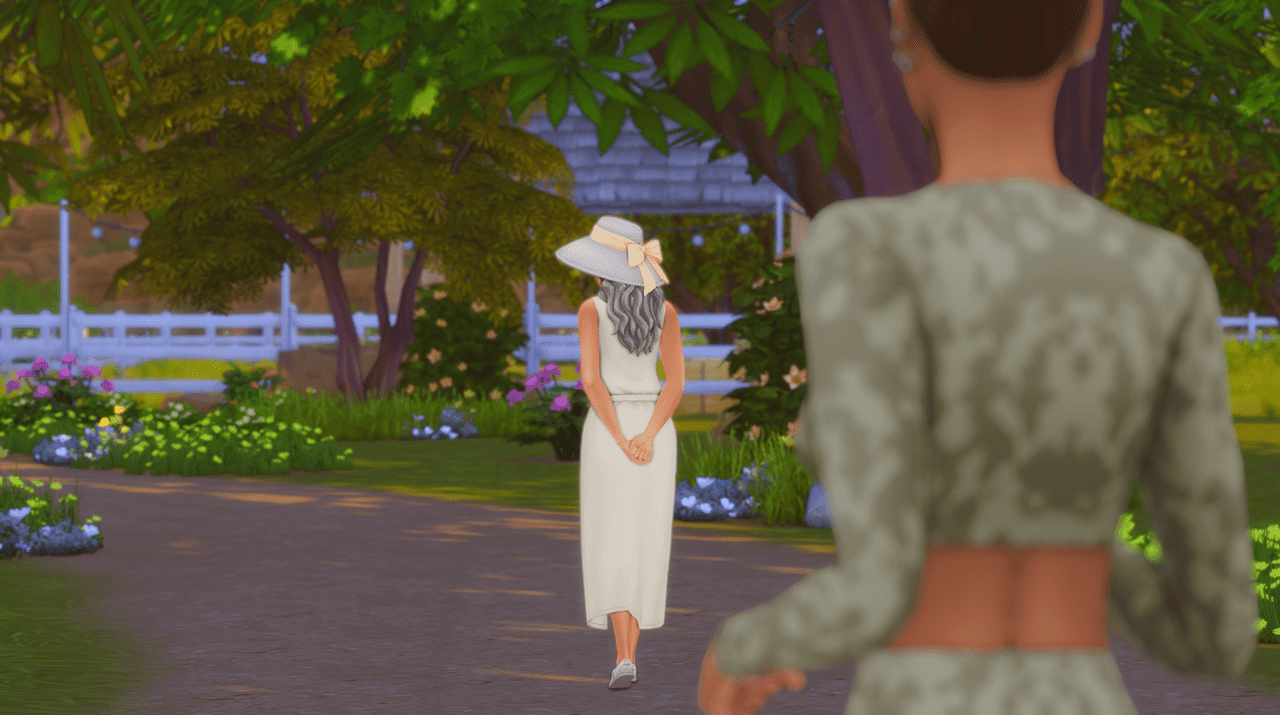
(Screenshot of the Farn Family)
Perception Effect: This perspective enables the viewer to experience events as the character does, fostering an intimate and immersive understanding of the scene. It can be used to heighten personal emotions or fears.
Use in Storytelling: This angle is perfect for scenes where the focus is on a character’s internal experiences and emotions. It is especially effective in intensifying the impact of emotionally charged or suspenseful moments.
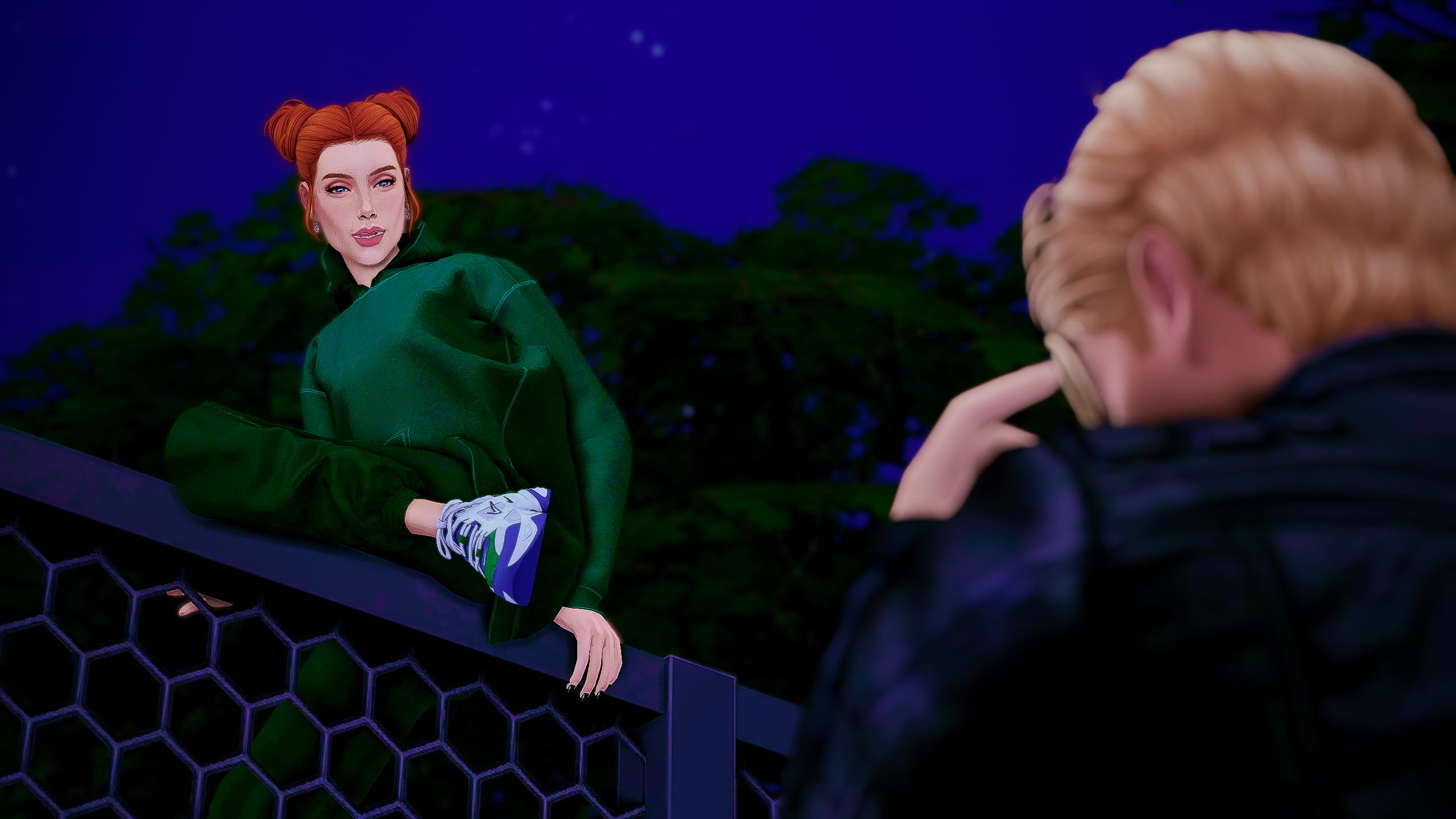
(Screenshot of the Olsen Family)
Conclusion
Crafting the perfect composition within a frame is an art that requires not only technical skill but also the ability to convey emotions and meanings. The use of empty space or a cluttered frame can be powerful tools for directing viewer perception. Empty space can create an atmosphere of tranquility, loneliness, or simplicity, while dense, detail-rich frames can convey movement, chaos, and dynamism. Choosing the right approach ensures that the frame remains both harmonious and expressive.
Visual elements are powerful storytelling tools, capable of conveying information and meaning beyond words. They enhance the material, making content more accessible and comprehensible. Screenshots and imagery do more than just deliver information – they evoke emotions, tell stories, and establish atmosphere, showing character development and emotional arcs. By combining text and visuals effectively, one can achieve maximum impact and create more vivid, engaging, and memorable content.
Lana Byakko:
